Finding perspective on the Coast of Death
In a small village on the wild western edge of Galicia’s Costa da Morte, Coast of Death, I glance upwards to check conditions overhead. This is a daily ritual. A bank of broken cloud is drifting in from the west, punctuating the page of blue overhead. On the horizon, past the black outline of Faro Fisterra, the Atlantic horizon is clear. Perfect conditions.
RIGHT: Fuji X-H1 . Fuji XF10-24mmF4 @11mm . F/14 . 1/40” . ISO 200
I grab a simple camera combination, one body, a prime lens (X-T3, XF16mm 1.4), light enough to sling over my shoulder, and head out along the short walk down the track behind the house towards the shore. I pass the Chirringuito, the kiosk selling ice-creams, cold beers in frozen glasses. Across the strip of coarse granite sand, past the fishing huts. A few men stand around tending to their nets, painting the hull of a wooden rowing boat.
Over a small rise, I can now see the sea state, a small, clean, long-period ground swell gracing the rocky shore under slack, windless skies. As I get closer, the sound of the swell wrapping into the rocky inlets increases. The crashing whitewater flings a fine mist into the still summer air; it hangs, catching the light from the sun now slung low on the horizon to the west.
I scramble down over the rocks to the water’s edge, slipping into the rhythm of the sets of larger waves as they arrive, followed by the calmness of the lulls between the sets; these are waves from a storm system far away, the Labrador strait, perhaps, completing their journey on Galician granite shores. I sling my camera from over my shoulder and start to look for angles to penetrate the scene, a way to cut through the immense vista in front of me, to find a way in, to make it personal.
Creases in the granite slice seaward, and I set to work, dialling in my settings on the manual dials and crouching down to frame the shot in the viewfinder, letting the lines in ancient stone guide me, make sense of the immensity of the landscape in front of me. I wait for a wave to pour in over the rocks towards the camera; as the water spills and frays into whiteness, I take the shot.
RIGHT: Fuji X-T3 . Fuji XF50-140mmF2.8 @140mm . F/2.8 . 1/15” . ISO 160
I first arrived on this coast over ten years ago at a time of great upheaval in my life. The man who had been my mentor since my early teens, who had swept me up from the ruins of my failed attempts at school life and carefully nurtured me through my teens and twenties, had that year been killed in a climbing accident in Scotland.
His death left me searching for change, a new challenge, and new meaning. Rock climbing, our shared passion for the past decade and a half, seemed to have died with him as my driving purpose and with it the meaning and structure for my life. So it was that, more through accident than design, looking for a diversion, I arrived on the Galician coast.
RIGHT: Fuji X-H1 . Fuji XF10-24mmF4 @20mm . F/10 . 1/40” . ISO 200
Around this time, photography, which had always been more of a means of documenting my adventures rather than a focus in itself, began to form a more pressing part of my life as I went about exploring my new home. As a keen surfer, I spent much of my time within reach of the sea, sleeping out at remote beaches, discovering hidden stretches of coast, finding escape in the ocean’s horizons.
My photography at this point was a pretty standard take on landscape/seascape photography. I was feeling out my style but producing pretty average work. I was also yet to start shooting Fuji, instead shooting with good quality Nikon DSLRs (D80, D750).
RIGHT: Fuji X-T4 . Fuji XF16mmF1.4 . F/10 . 0.3” . ISO 160
Throughout this period, it had felt as if I was swimming towards the surface of a deep ocean, grappling as I was with the grief from losing my mentor, the process of finding a new home and feeling out a creative life for myself based around the sea. And then, just as it felt like I was nearing the surface of my grief, my best friend was swept off his feet during a Cornish winter storm and drowned.
In big wave surfing a ‘two-wave hold down’ is the worst case scenario, when, just as you are reaching the surface after a wave has pressed you under, the wave behind it lands on you, before you have chance to take a breath. It is one of the scariest and most dangerous things that can happen in surfing. After Harry’s death, I was far away from the surface of my grief for some time.
RIGHT: Fuji X-T4 . Fuji XF10-24mmF4 @20mm . F/14 . 1/55” . ISO 160
He was 27 at the time of his death and one of the effects that it had on me was to alter my experience of the passing of time. Time felt sped up, intangible, amorphous. I found myself considering the scale of a human life, my own, and that of my loved ones around me on a geologic or even cosmic scale and finding it absurd, perhaps even meaningless.
When my first daughter was born around a year later, this feeling was intensified still further. Against this backdrop, my photography had taken on a more pressing nature. Given my sensation of being adrift in time, photography was a way for me to slow its passing, to make it feel more tangible and to render the memories I was making with my young family feel less fleeting.
Around this time, I had also started shooting with Fuji cameras, first as a travel camera (X-E2), later as my main landscape and weddings setup (X-T2, X-H1, then X-T3/4). Fuji fitted perfectly with this new focus to my photography; this need to explore the sensation of time was perfectly in sync with the tactile, analogue feeling of shooting the cameras, and the colour palette also leant naturally towards the nostalgic, vintage feeling tones I was drawn to, given the ideas I was trying to convey through my work.
Through this process, my seascape photography, too, had gained a much clearer direction. I had started to think about the vast Atlantic Ocean, on whose shoreline I was living, as a metaphor for my grief-induced experience. Trying to comprehend the immensity of the world’s oceans, or even to convey them in an image, would be a completely overwhelming task.
But focus in on the details, a ripple of sand, a pebble breaking the line of an incoming swell, and things start to feel real, personal, meaningful, at least to me.
And so it was that my photography began to focus ever more on the intimacy of the ocean environment, and created a way for me to make tangible the sensation of the passing of time that had been rendered so fragile when that same ocean had swept my friend to his death.
RIGHT: Fuji X-T4 . Fuji XF16mmF1.4 . F/16 . 0.6” . ISO 160
For this is the great dichotomy of my experience of the ocean, and the photographs I take of it; such beauty, and so many amazing experiences, yet at the same time deadly. A place of reverence and remembrance. My images on their own are never going to win any awards for ‘landscape photographer of the year’ or any such accolades, nor do they stand out on platforms such as Instagram, particularly.
As stand-alone images, I’m aware they are not particularly attention grabbing. But what they do offer, is a way for me to make sense of the chaos of the universe and to give form to the rapid, fleeting experience of what it feels like to be alive. And maybe, if I’m lucky, speak of this to others.
RIGHT: Fuji X-T4 . Fuji XF16mmF1.4 . F/8 . 1/105” . ISO 160
This feeling also extends to my wedding and portrait photography. I am keenly aware that in the increasingly secular west, life events such as weddings and christenings are falling out of fashion. Despite being an atheist myself, I believe this to be a mistake.
There is a reason why all cultures and religions have developed similar traditions to mark one’s progress through life – the rituals of what Philip Larkin called our ‘serious earth’ – and it would be a great deficit to lose these as our cultures become more secular.
Just as focusing on a strip of sand at the edge of a vast ocean can give meaning and perspective to our experience of that ocean, so taking moments throughout our lives to stop, take stock, to celebrate with our loved ones, can give form and perspective to the passing of time.
It is a huge privilege to be able to provide these memories for people through photography. I think people can become a bit cynical about this genre of photography, but it should be seen as a worthwhile extension of our personal work, a way to explore the passing of time and to revere it: both in our own lives and in those of others.
As photographers, we have the tremendous privilege to be the eyes for others at their most important life events and their memories once they are over. This is a thrilling pleasure, as much as it is to capture the crash of Atlantic whitewater or the light on the lulls between its sweeping, relentless waves.
RIGHT: Fuji X-T4 . Fuji XF35mmF2 . F/2.8 . 1/105” . ISO 160
RIGHT: Fuji X-T4 . Fuji XF16mmF1.4 . F/4.5 . 1/10” . ISO 160
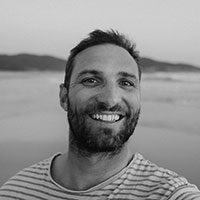
Sam Ponsford is a wedding and landscape photographer from the UK based in Galicia, Spain. When not taking pictures, he loves surfing, discovering new things about the world and having mini adventures on the coast with his two young daughters.

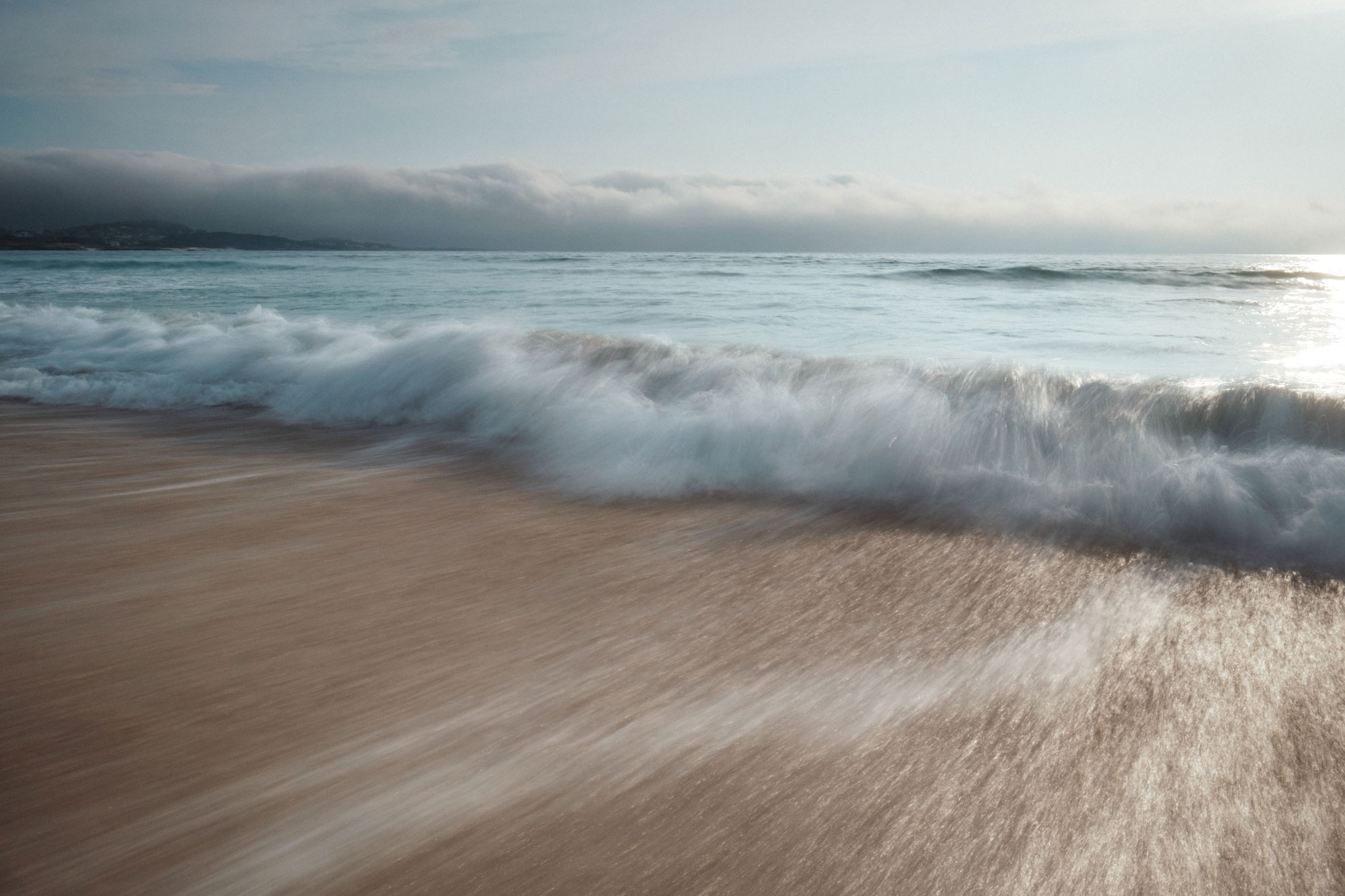
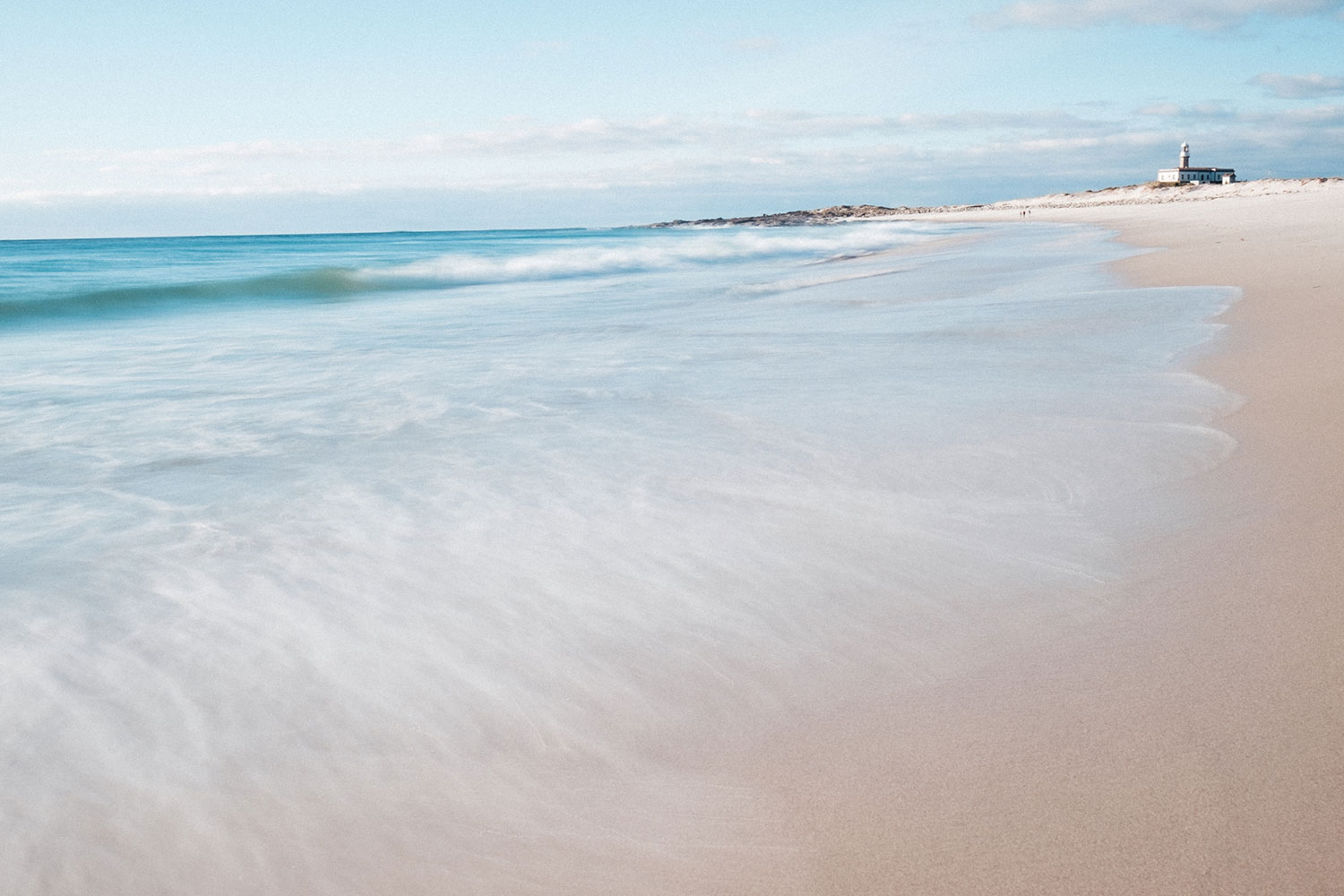
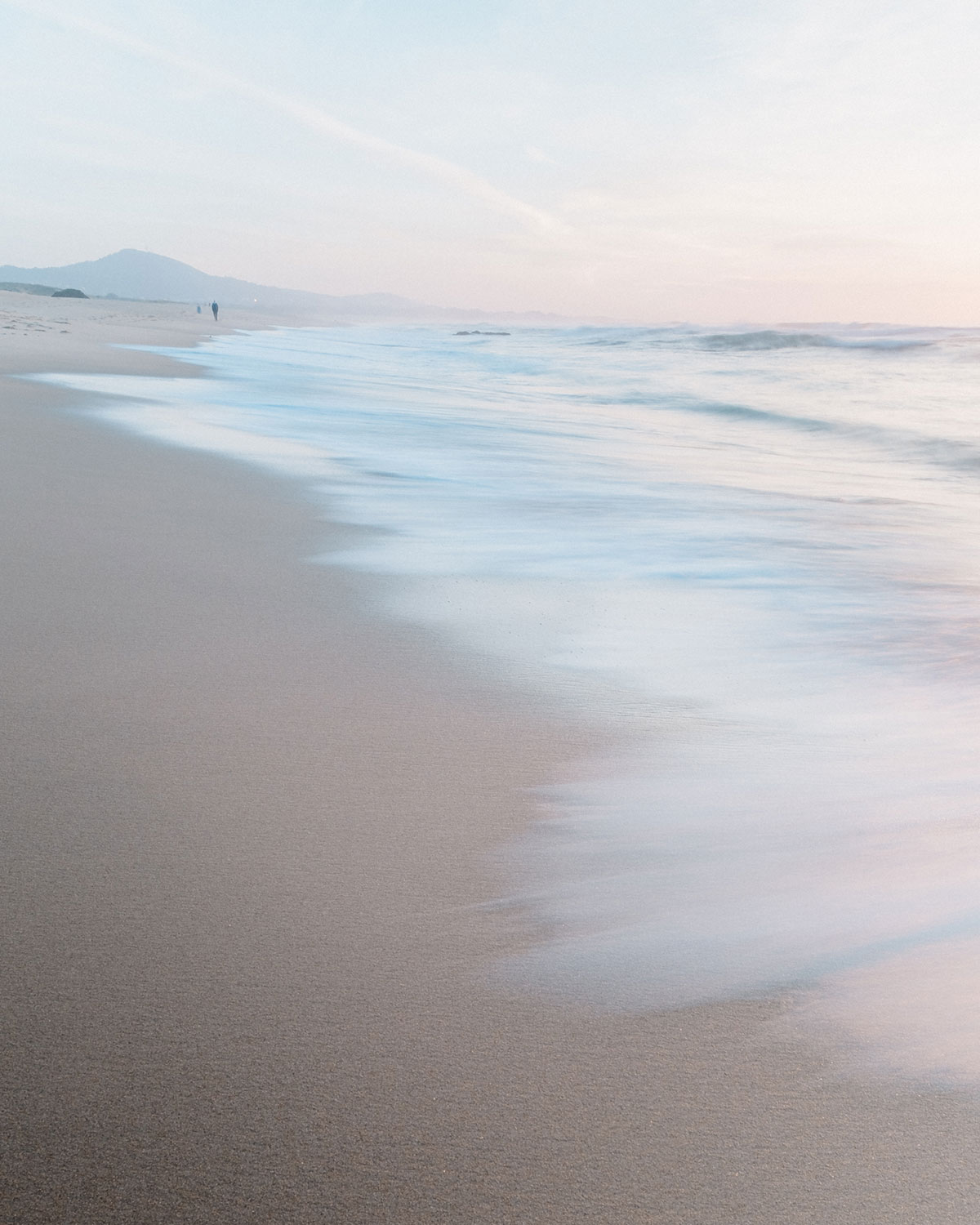
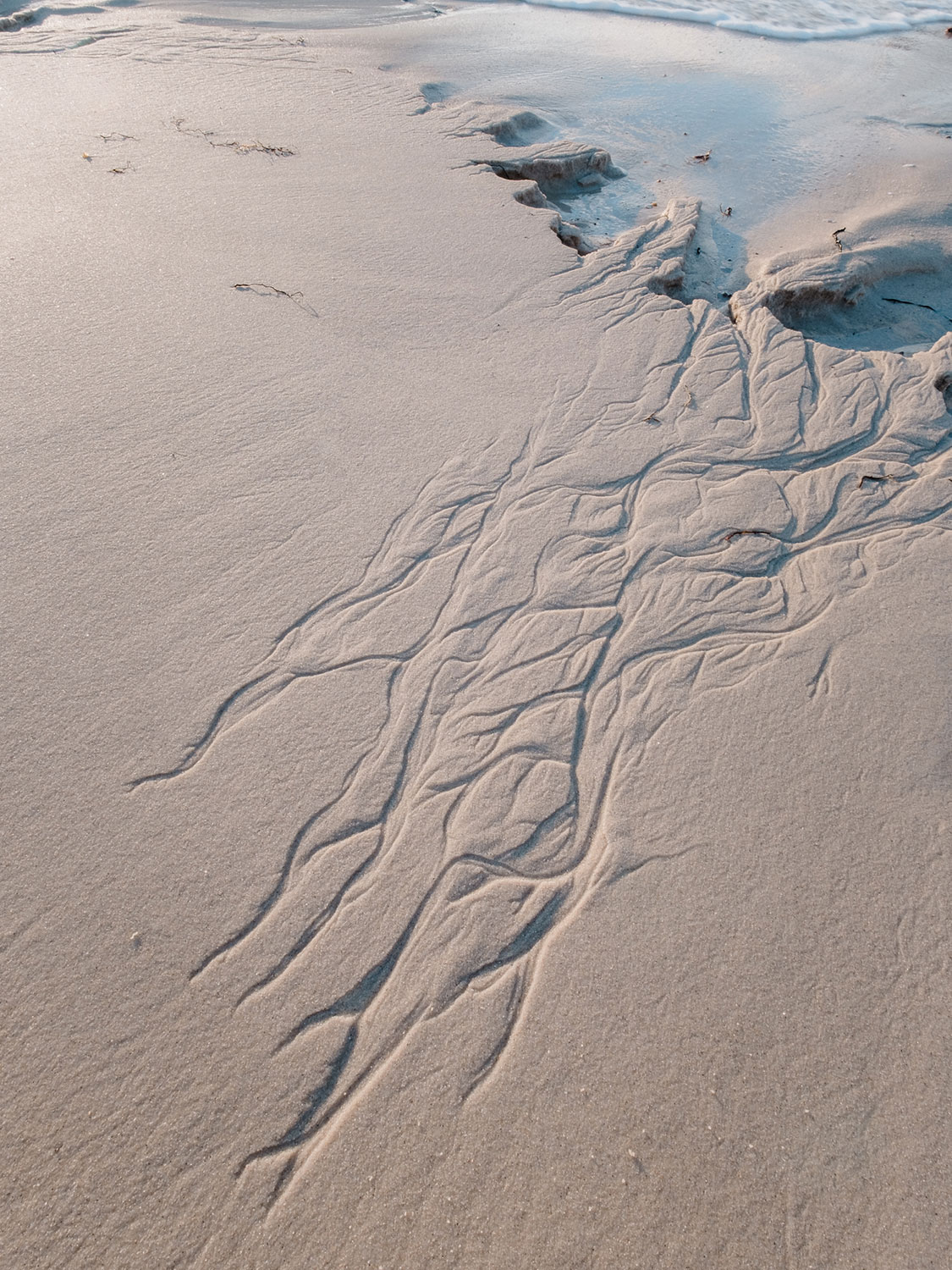
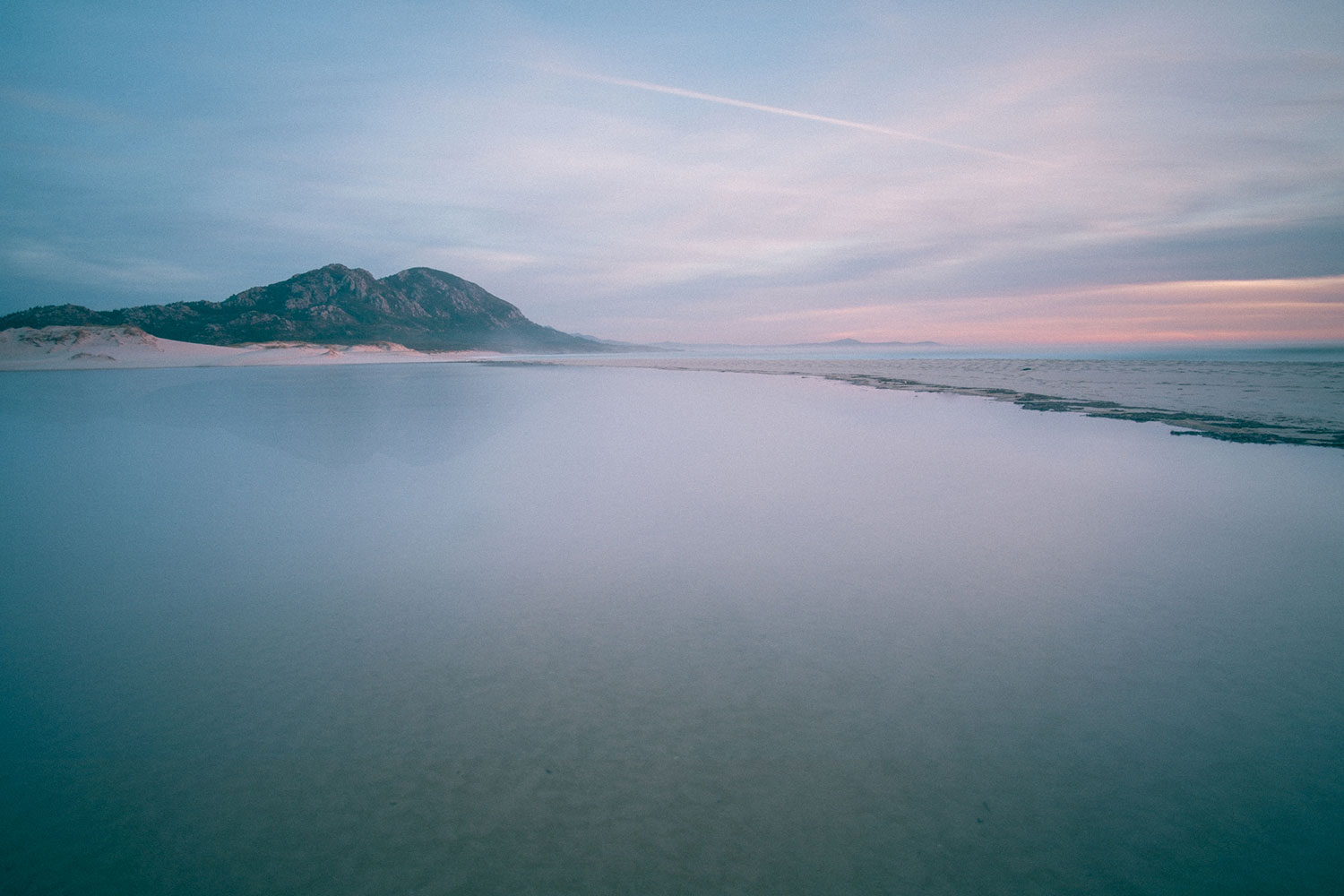
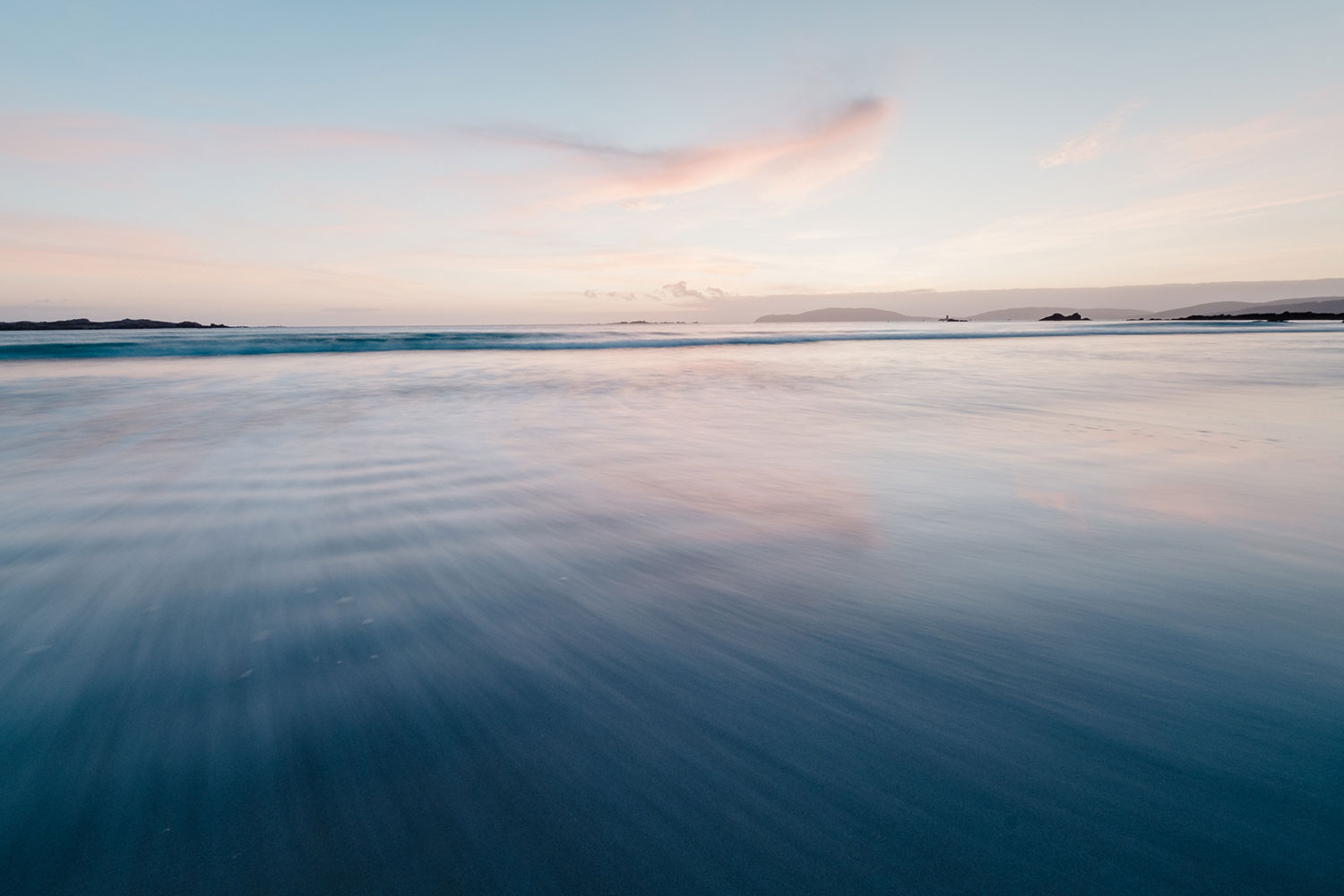
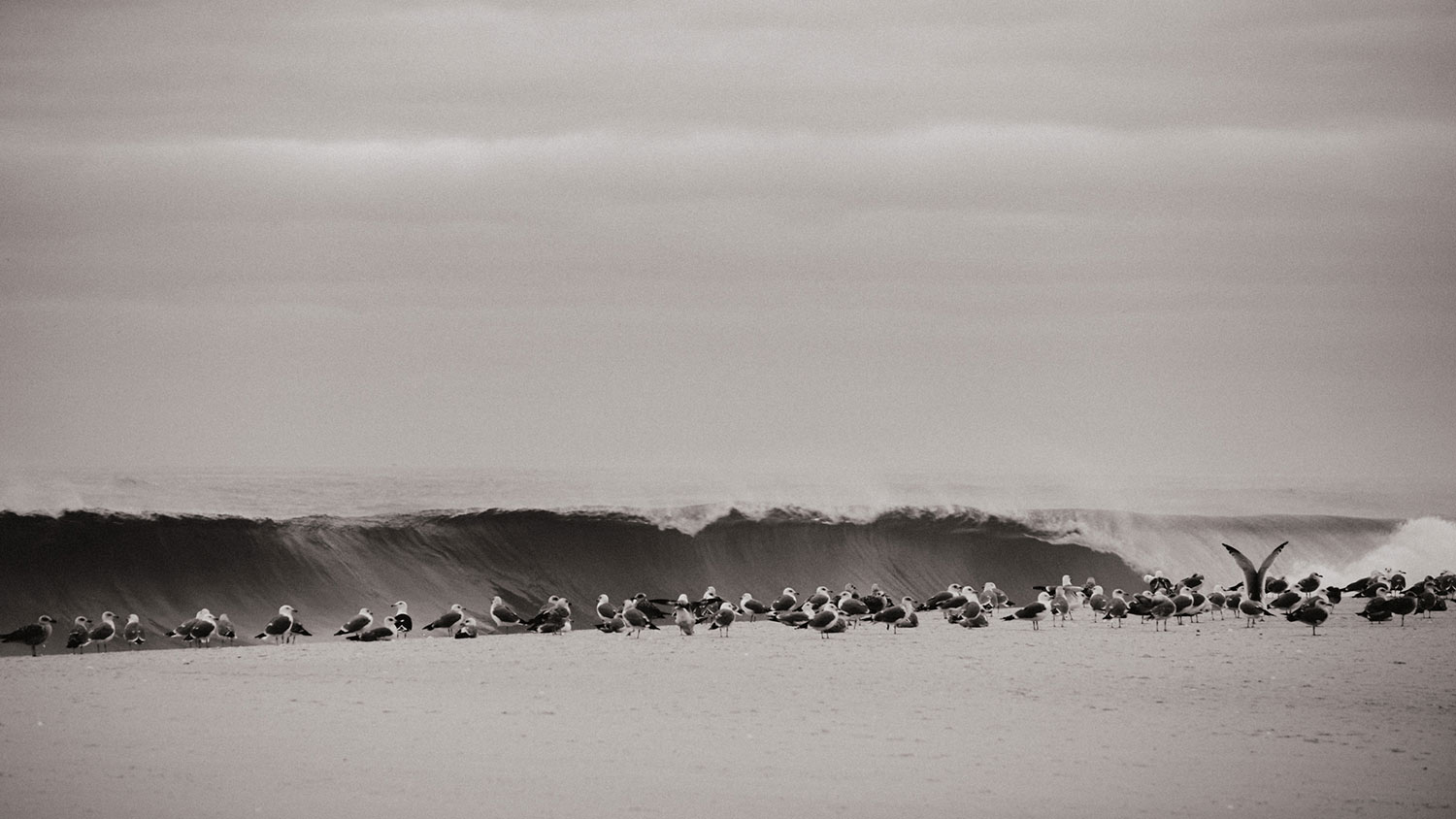
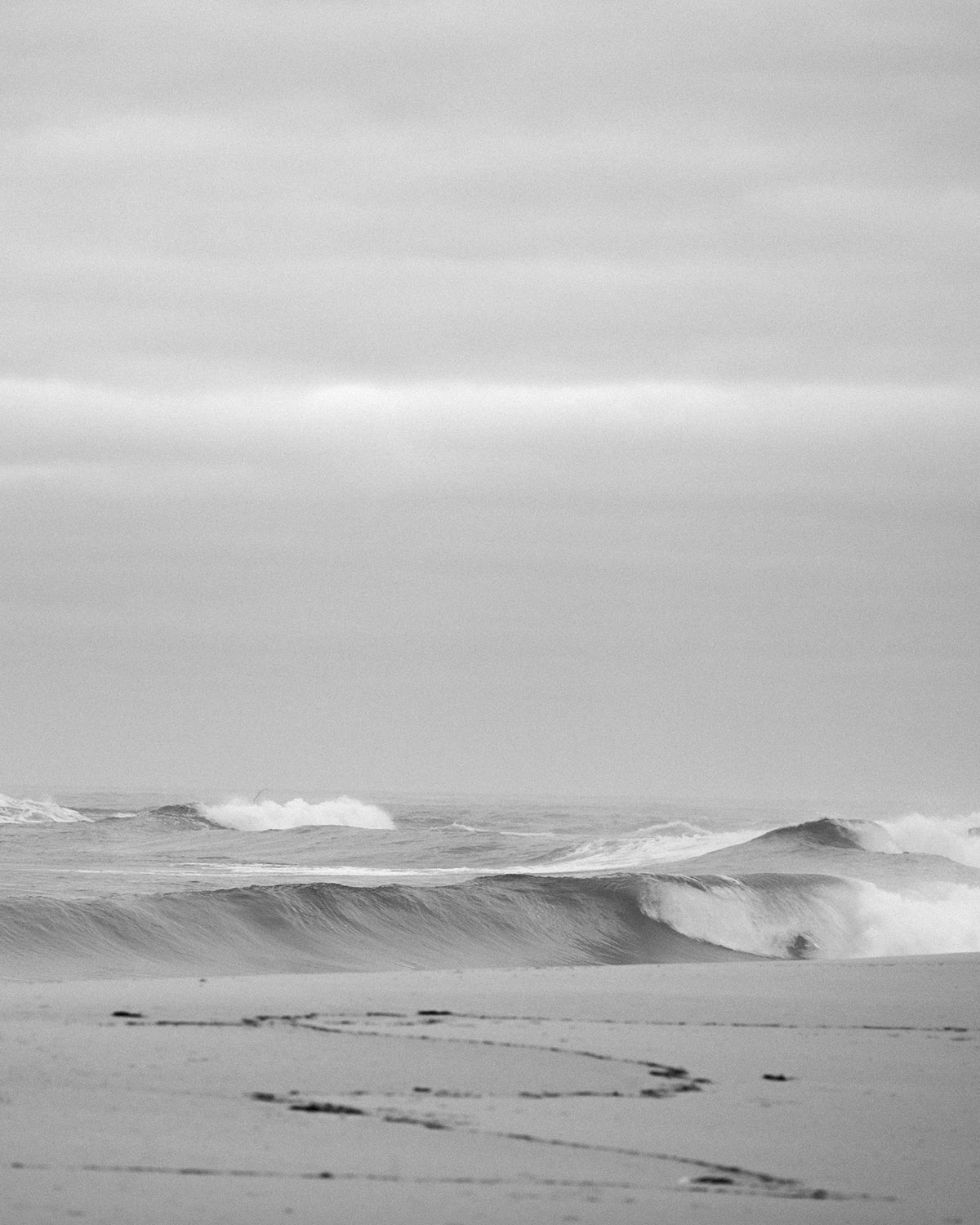
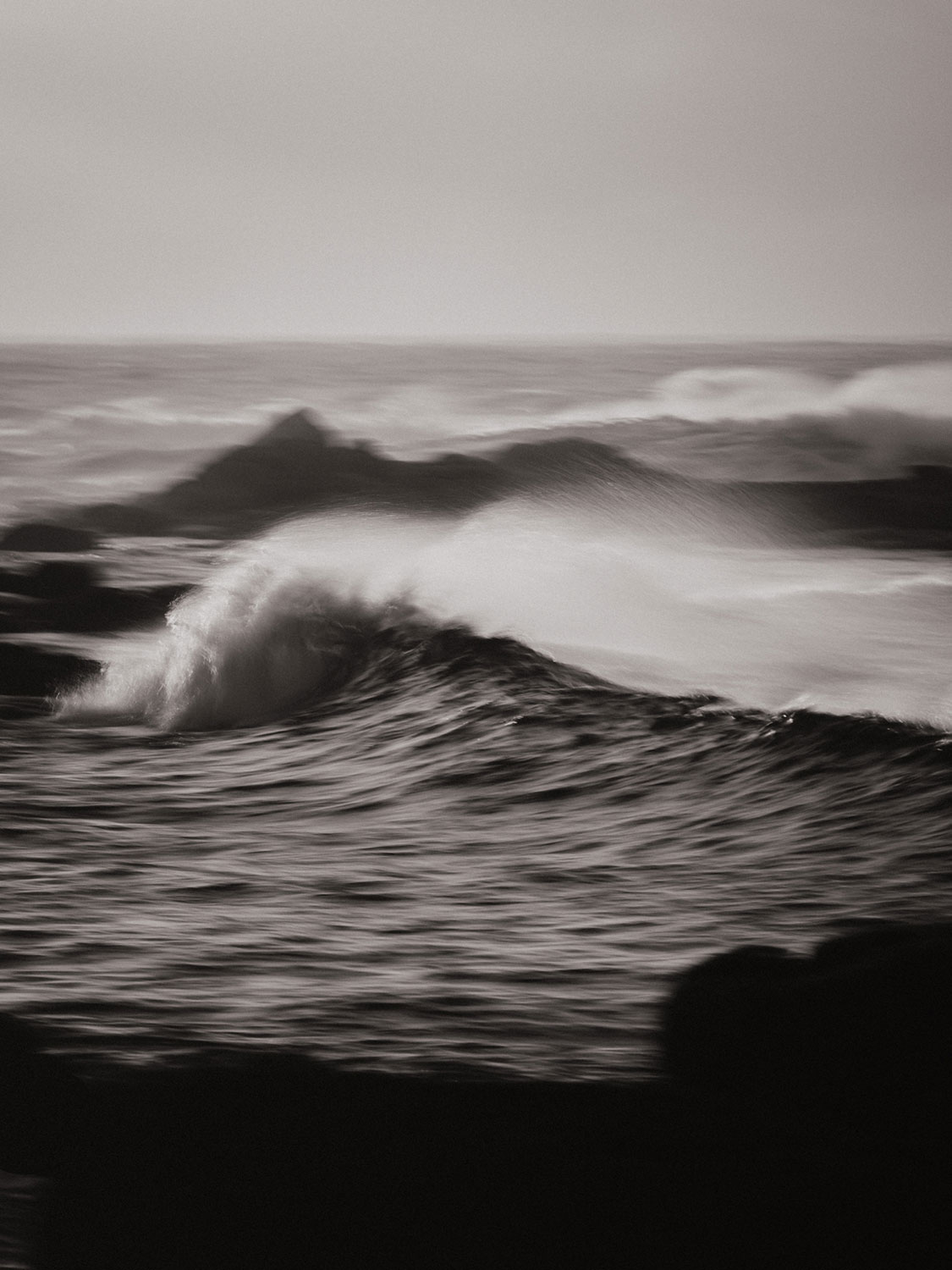
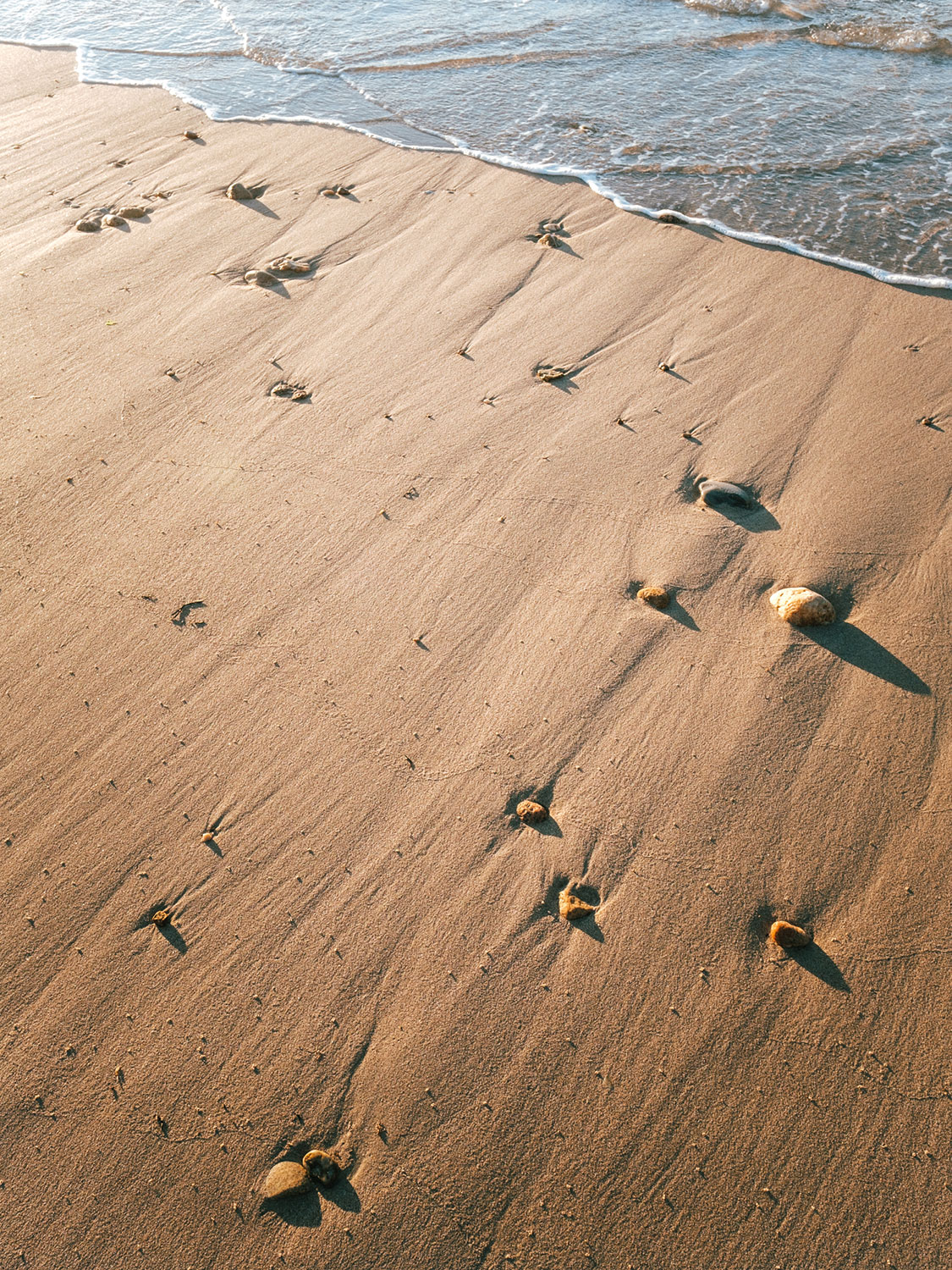
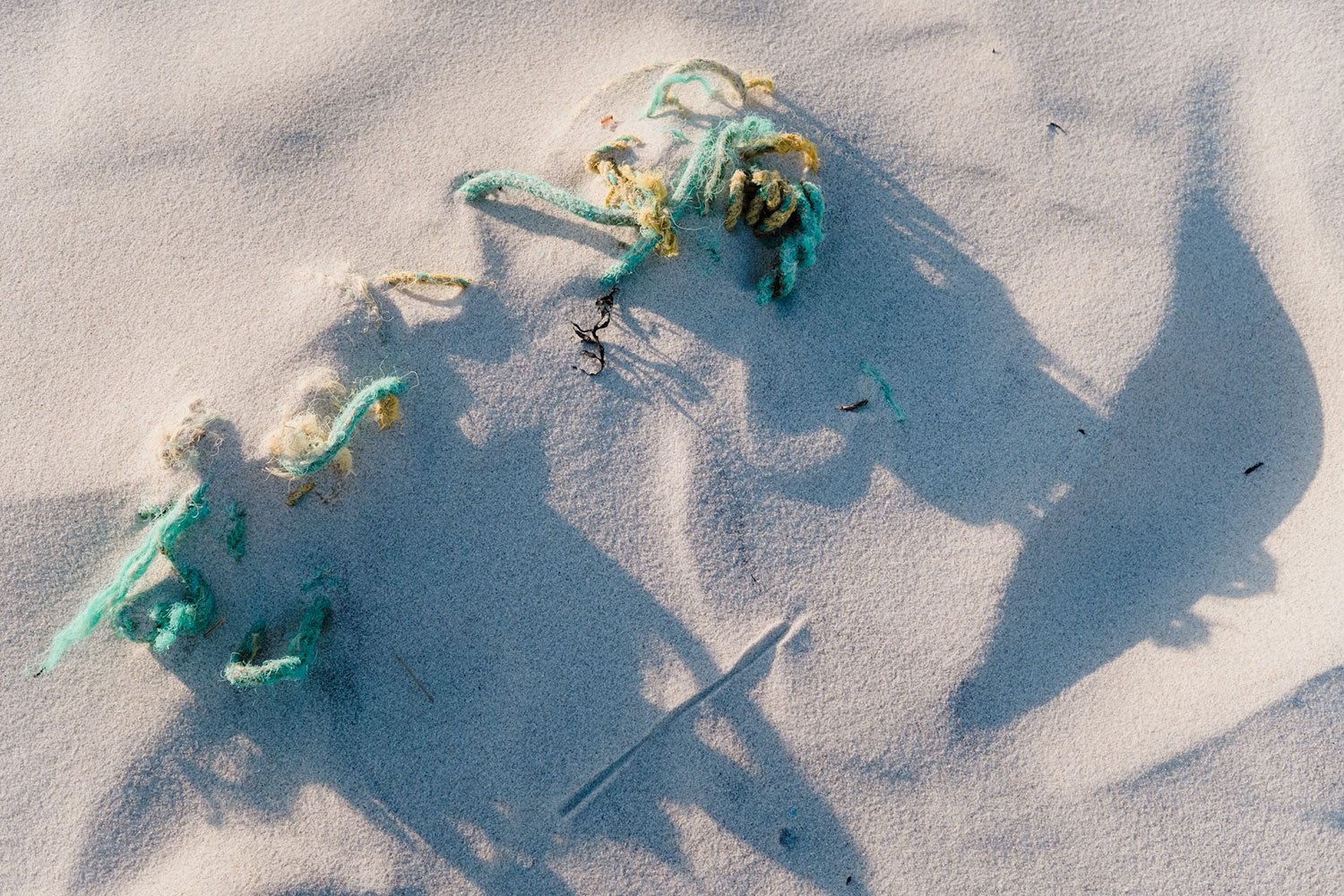
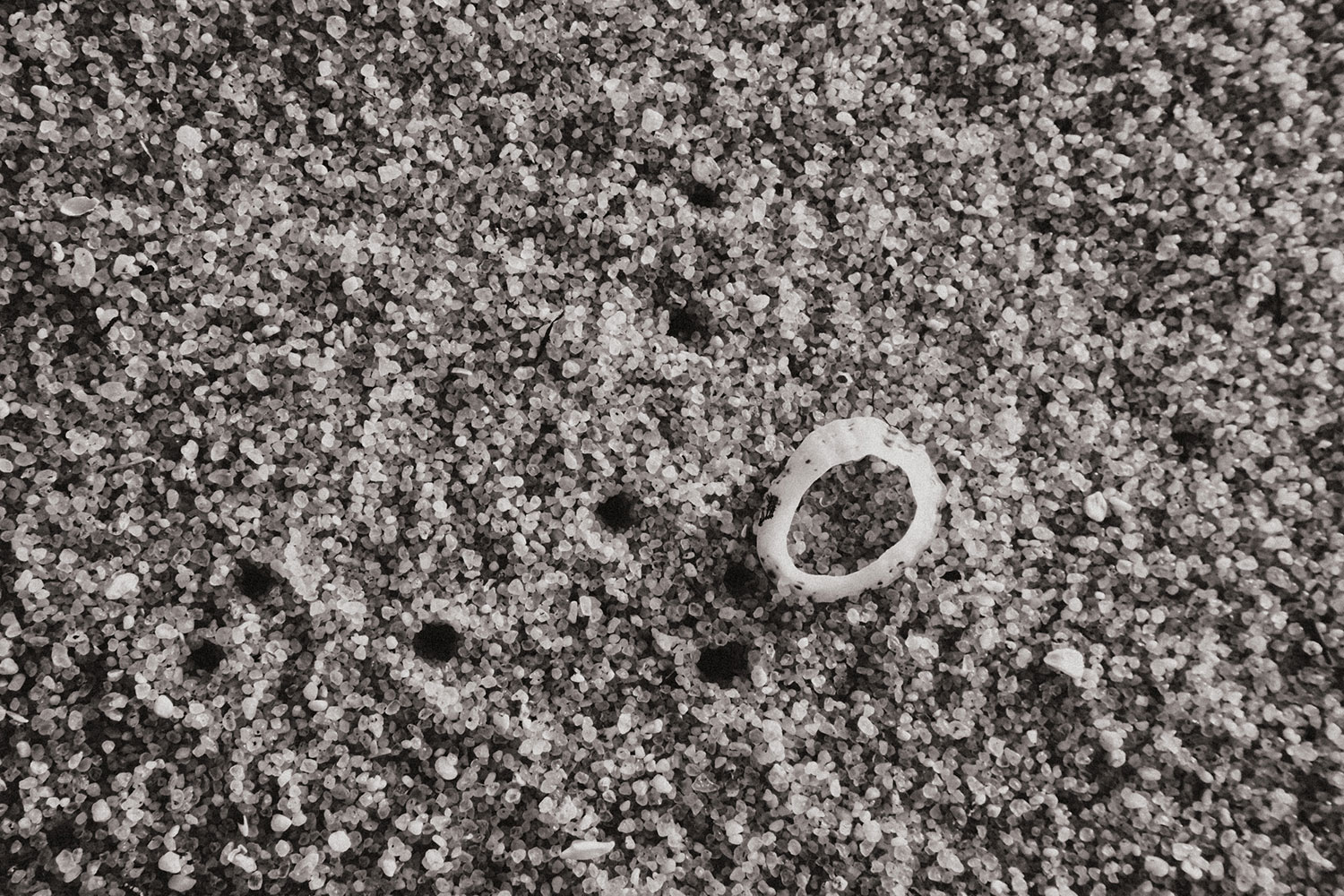
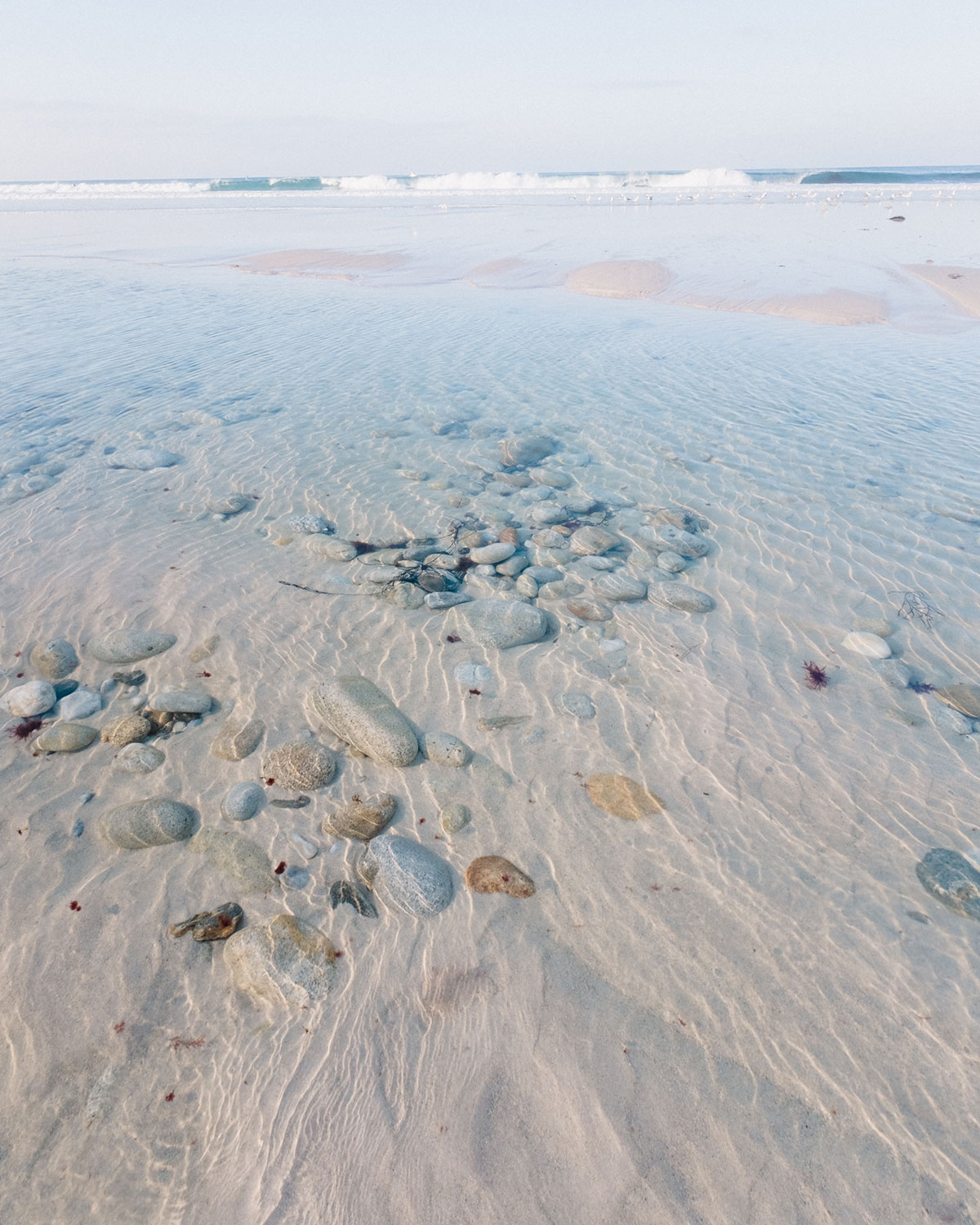
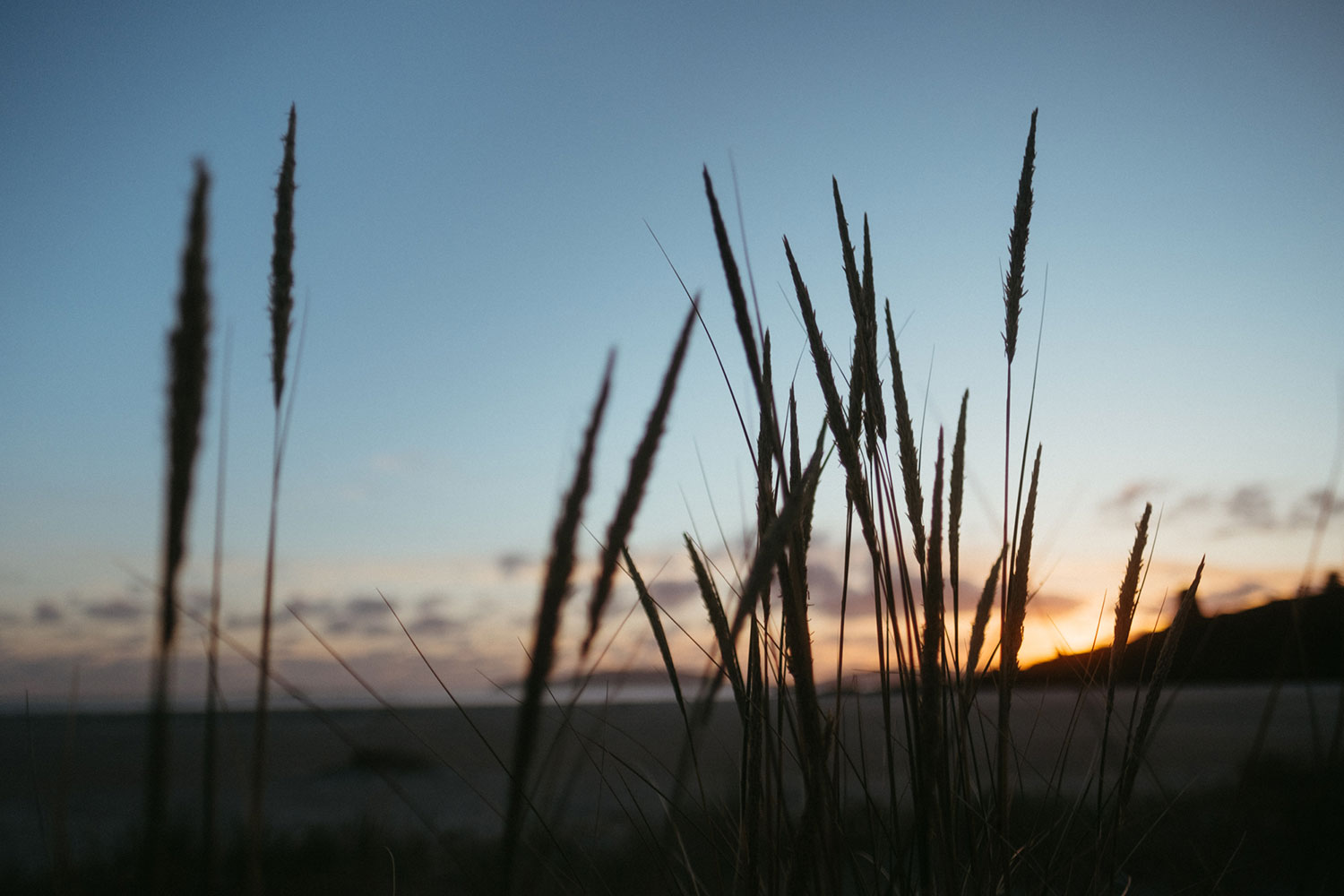
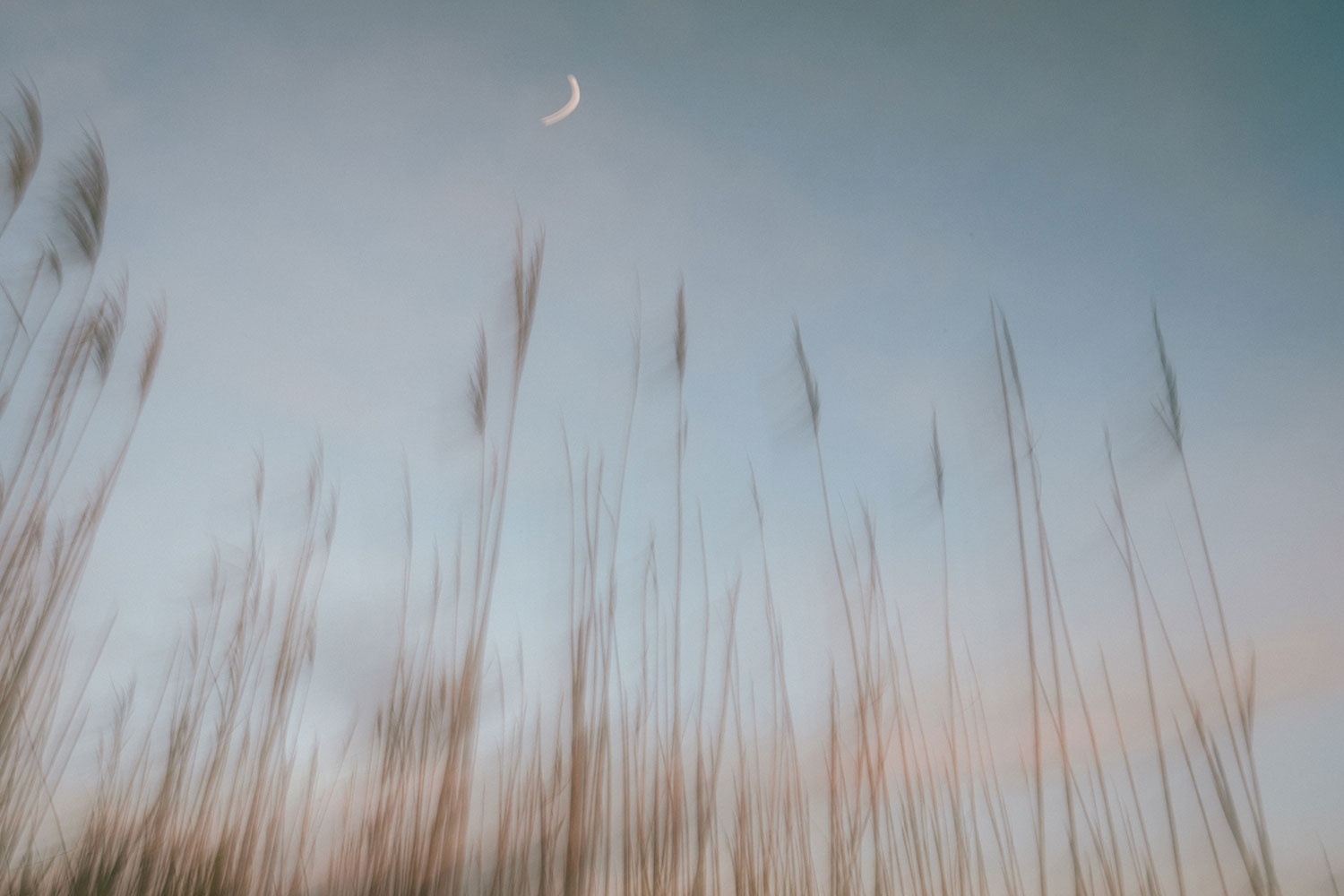
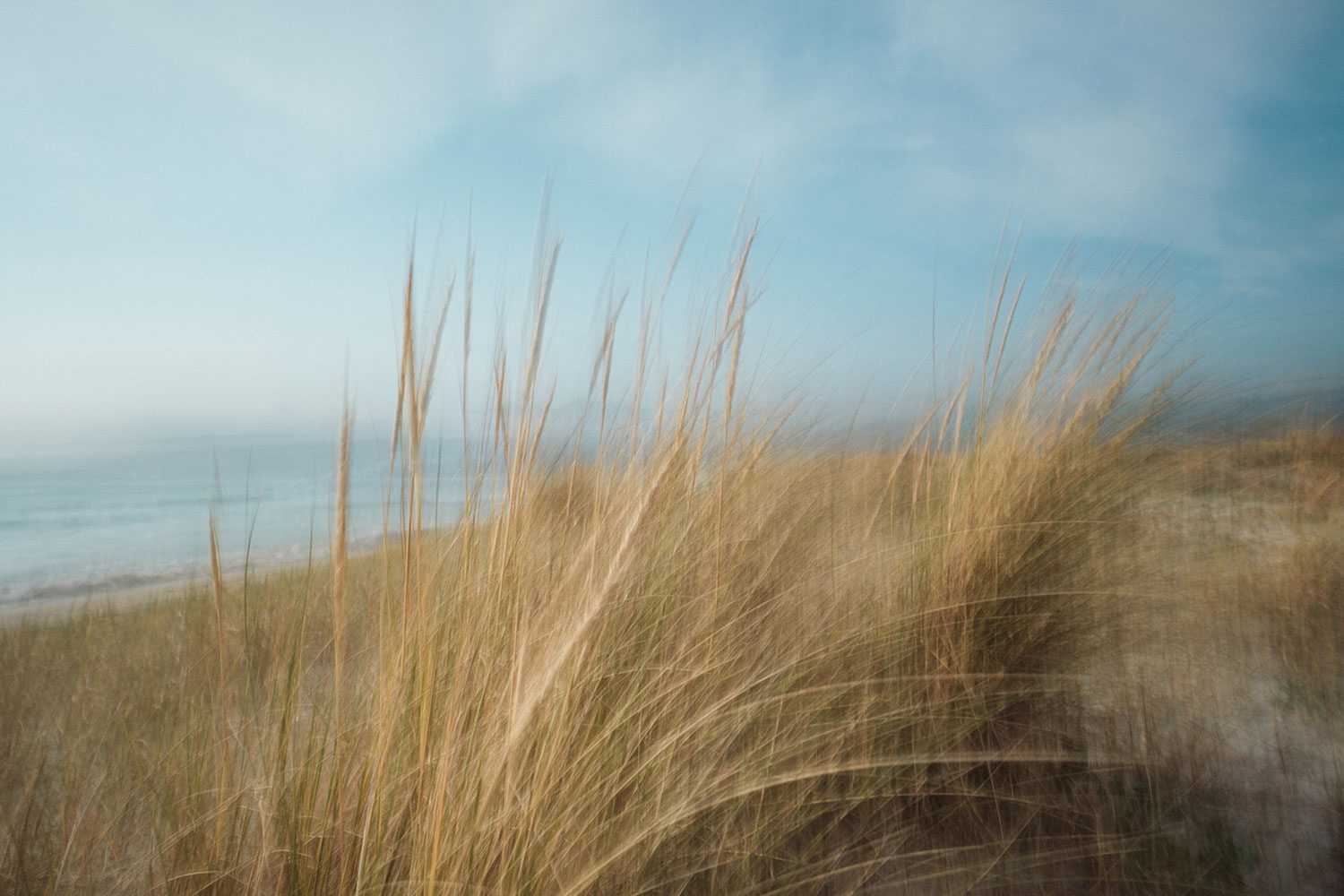
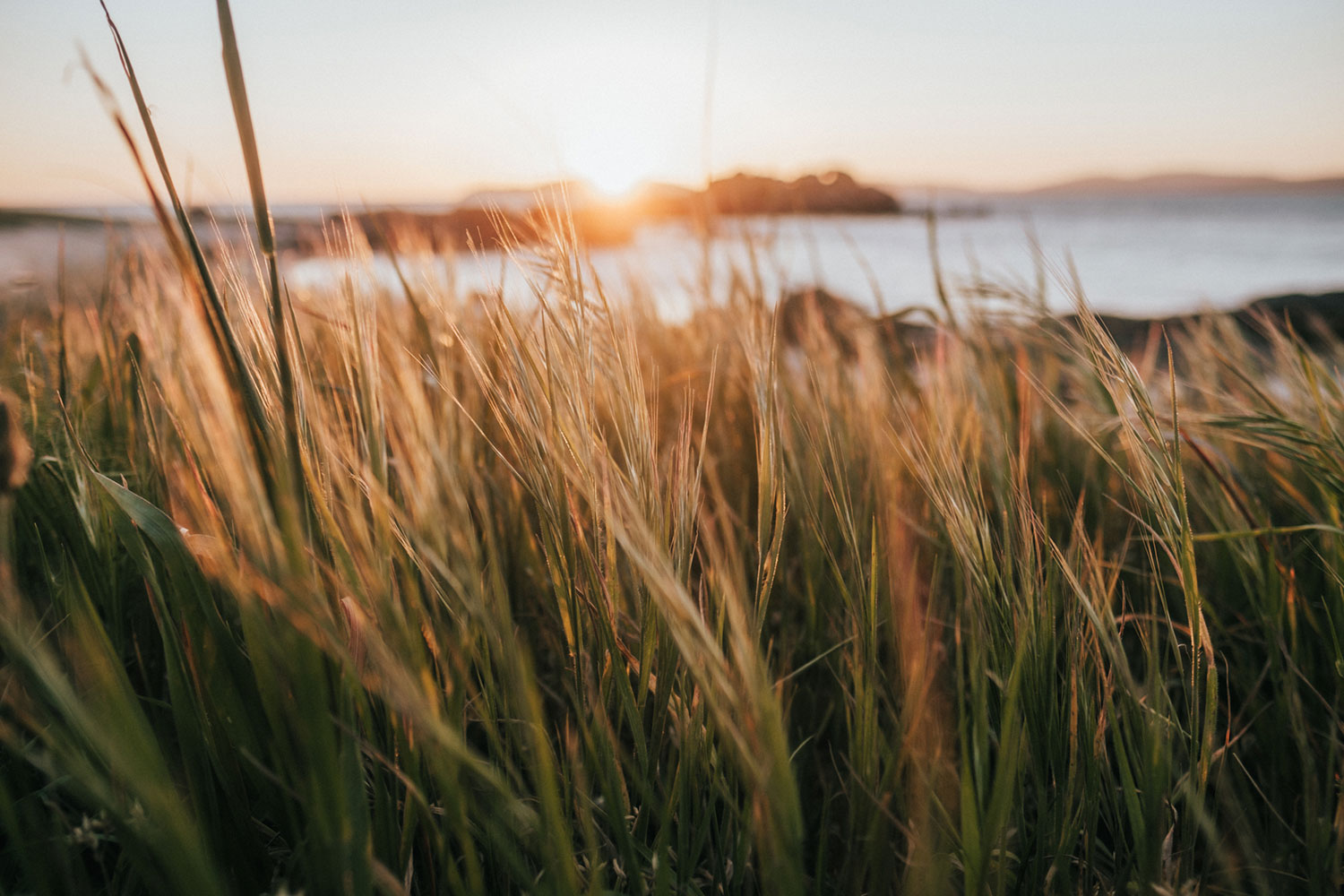
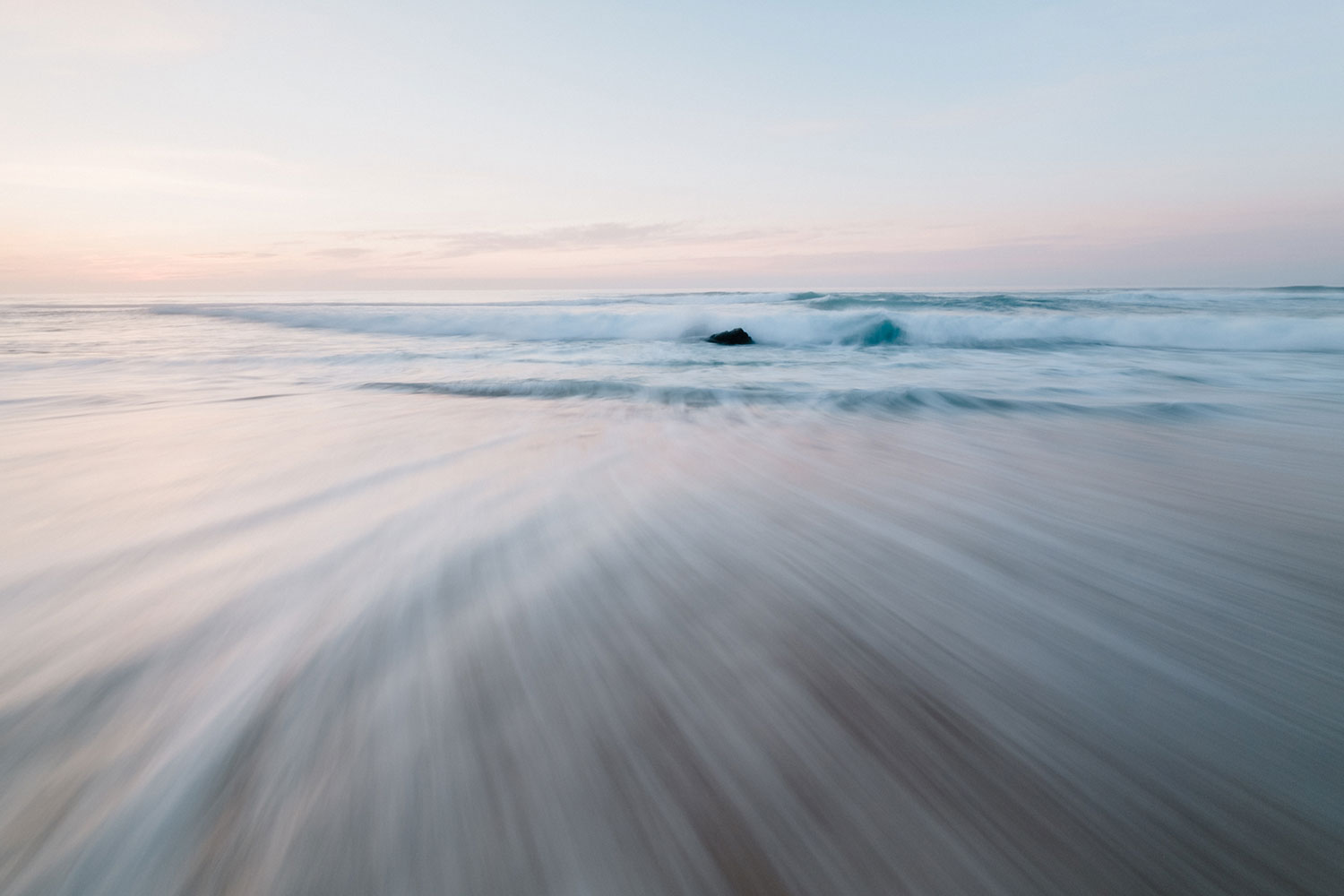
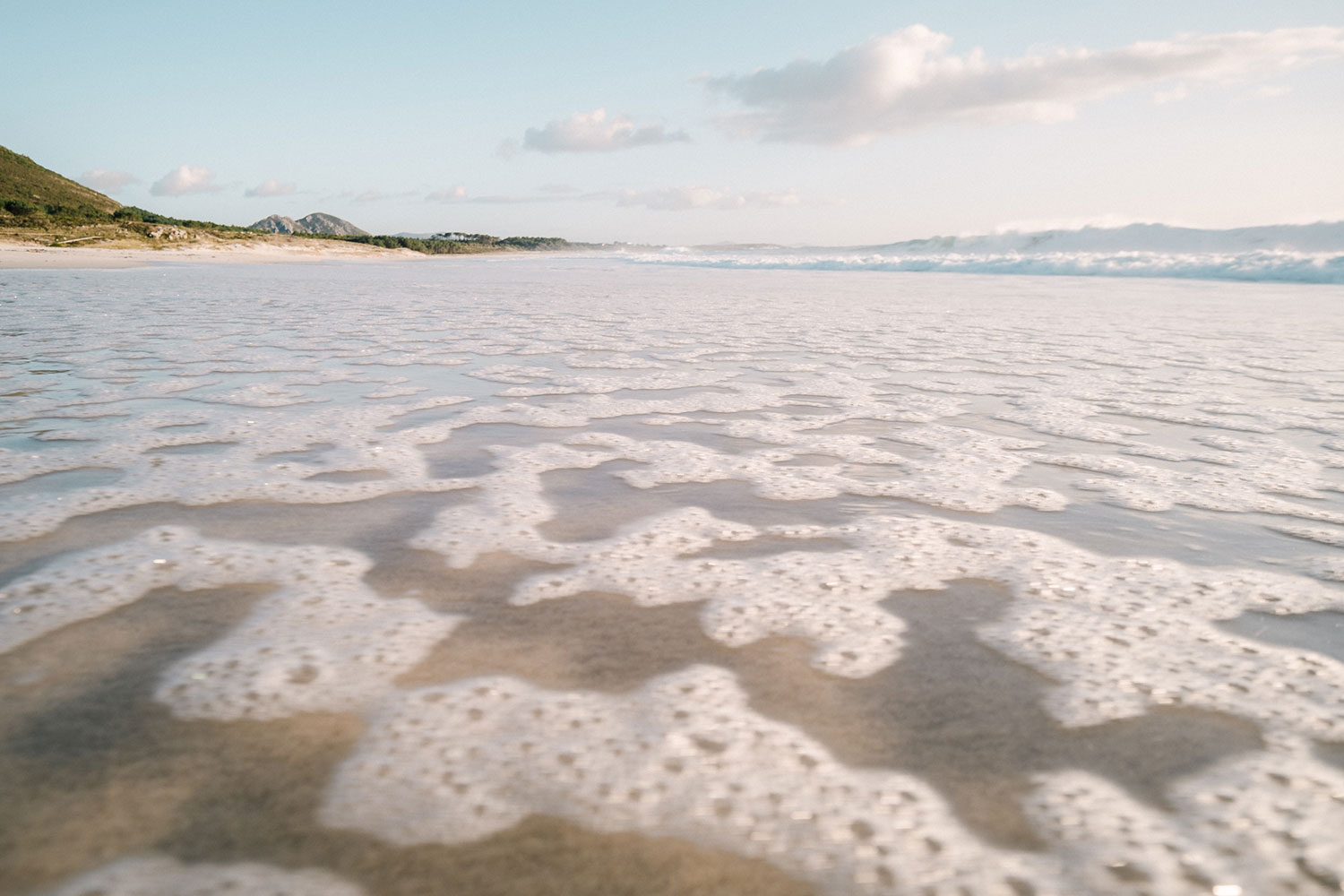
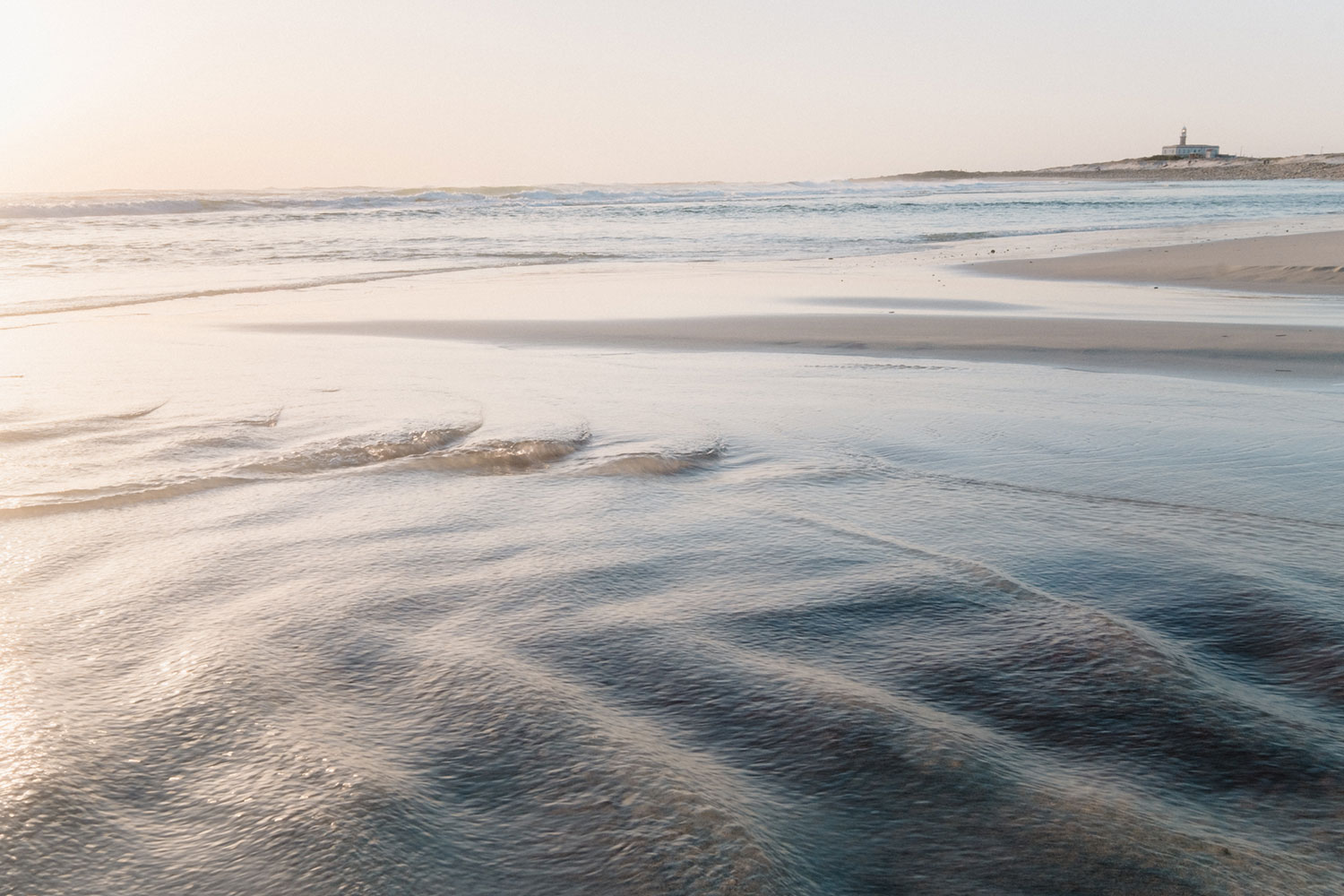
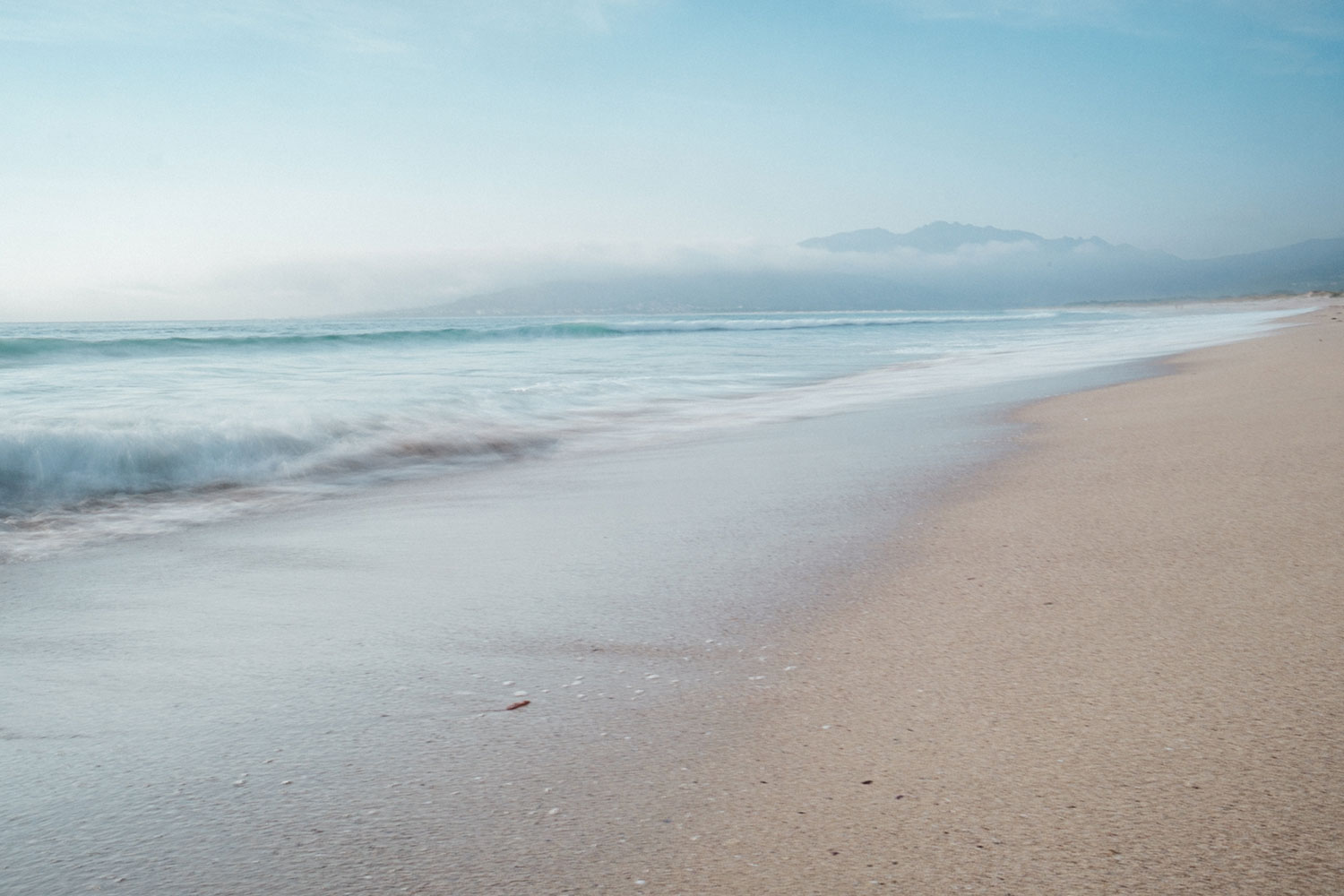
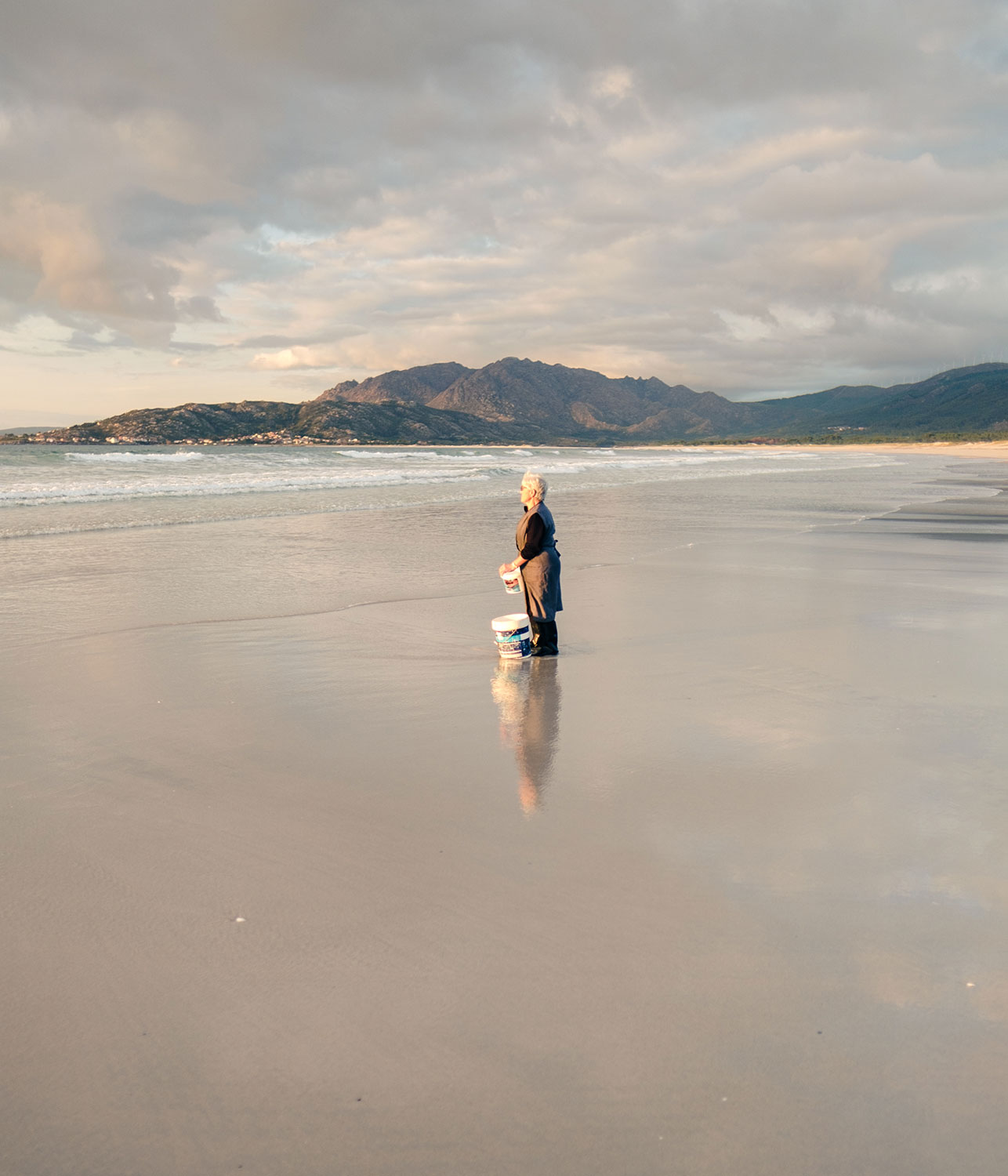
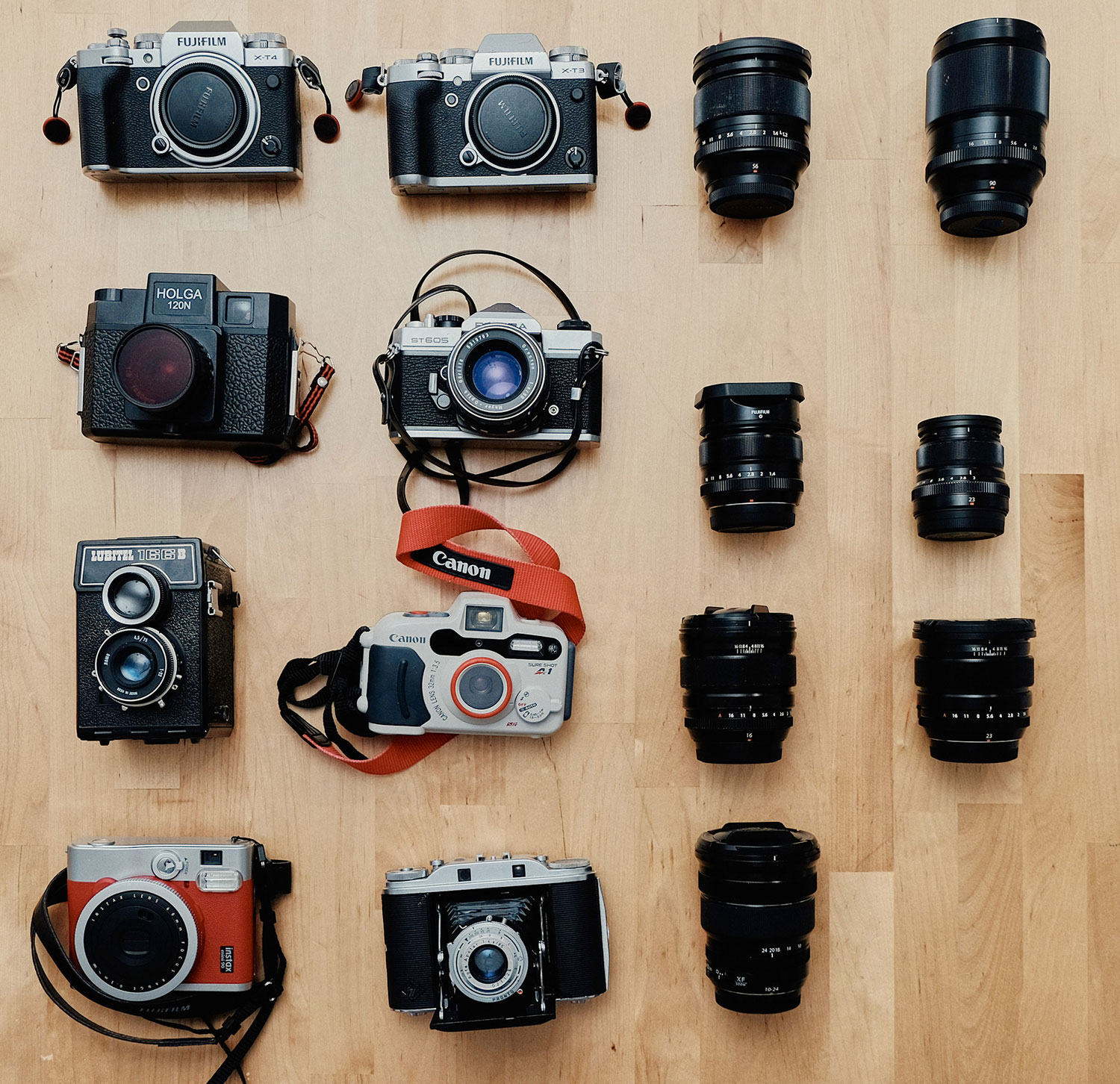
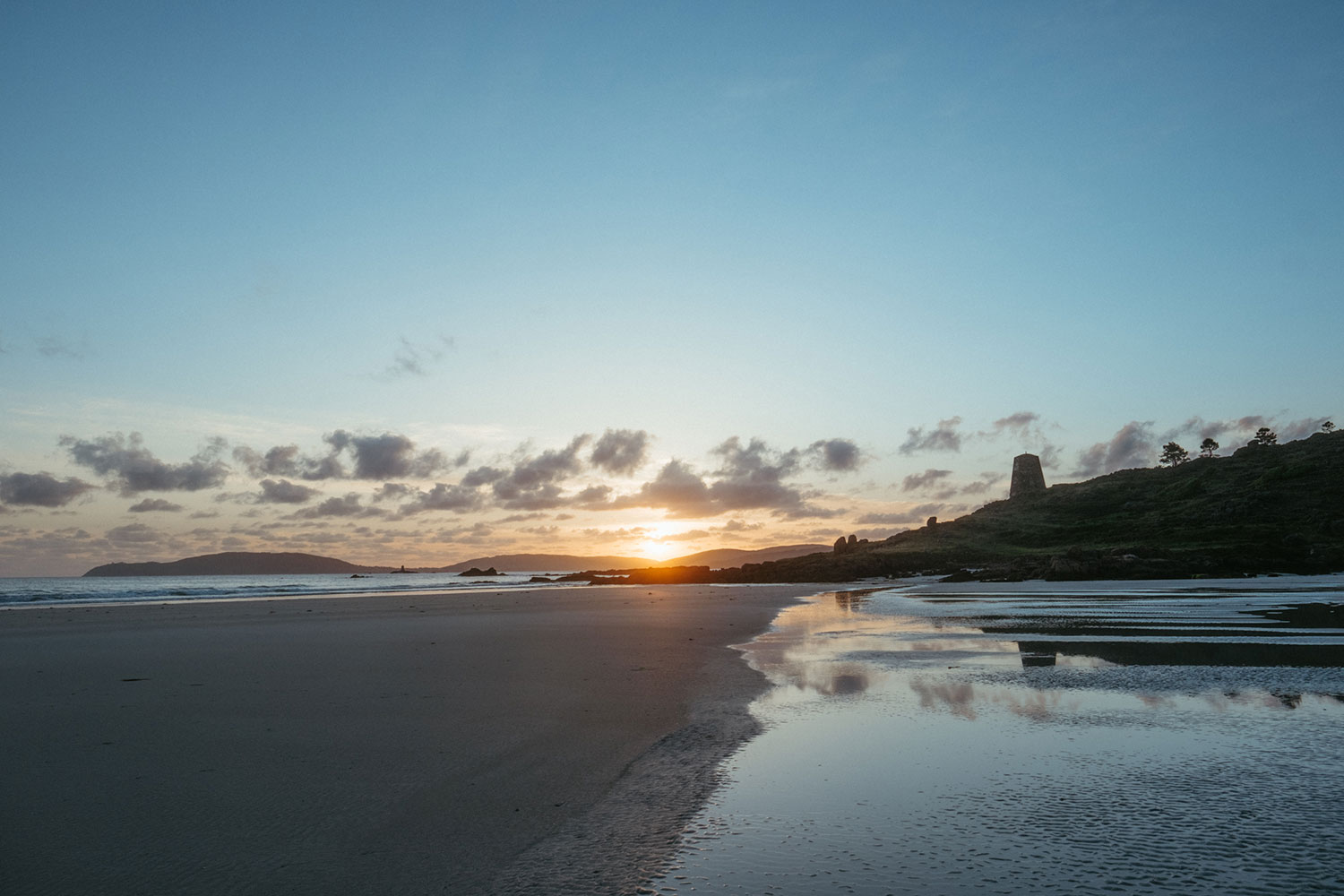
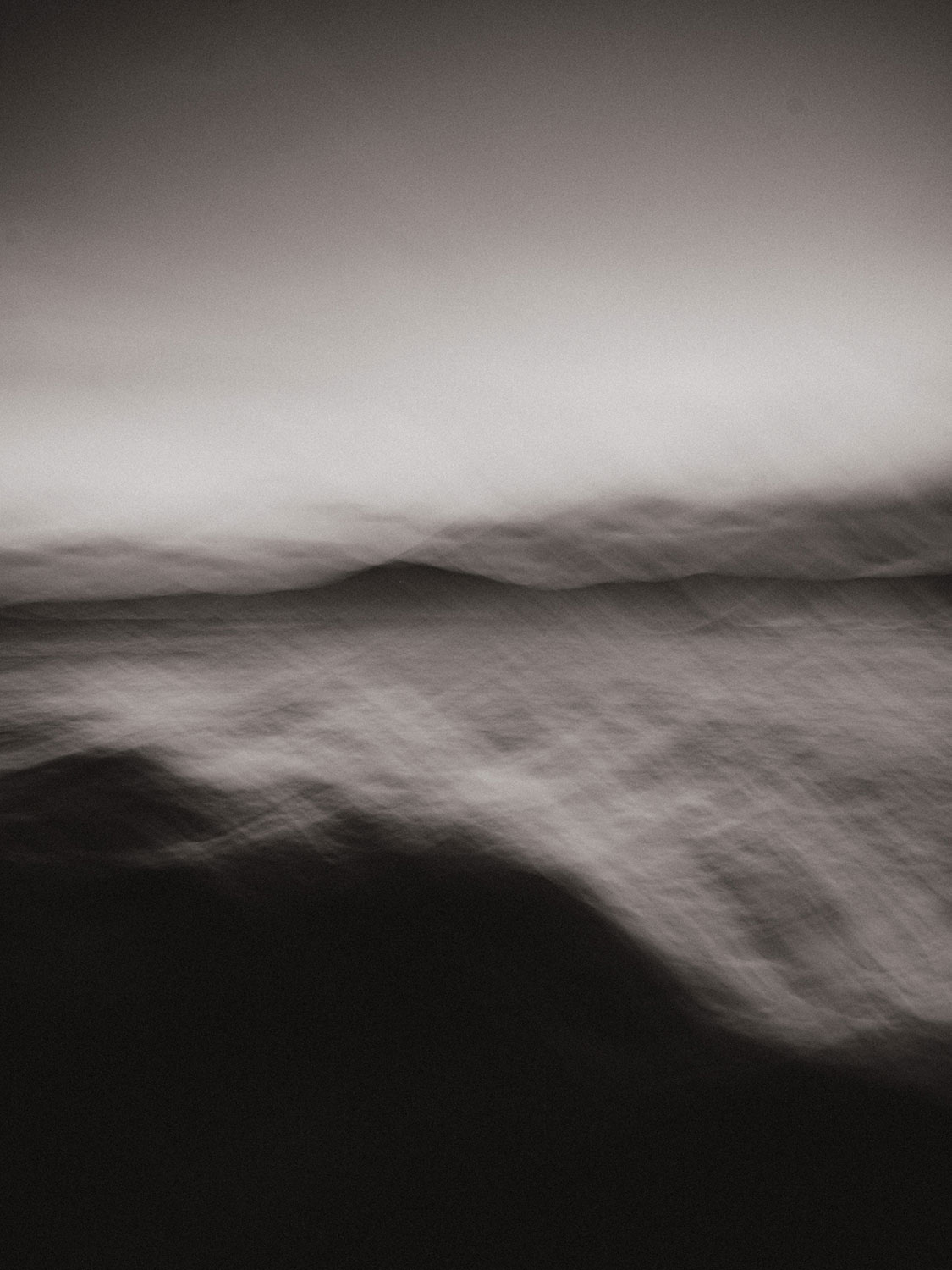
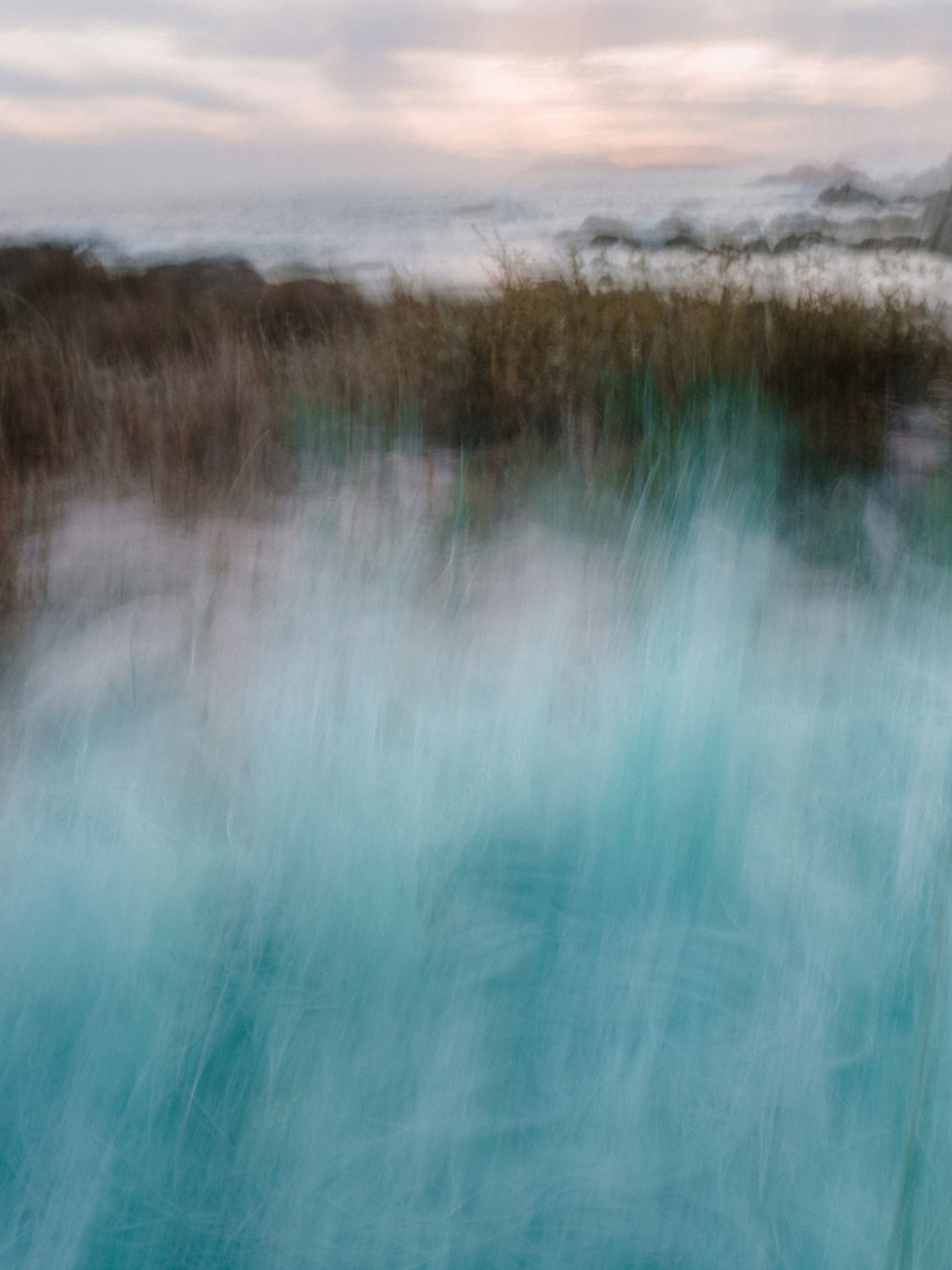
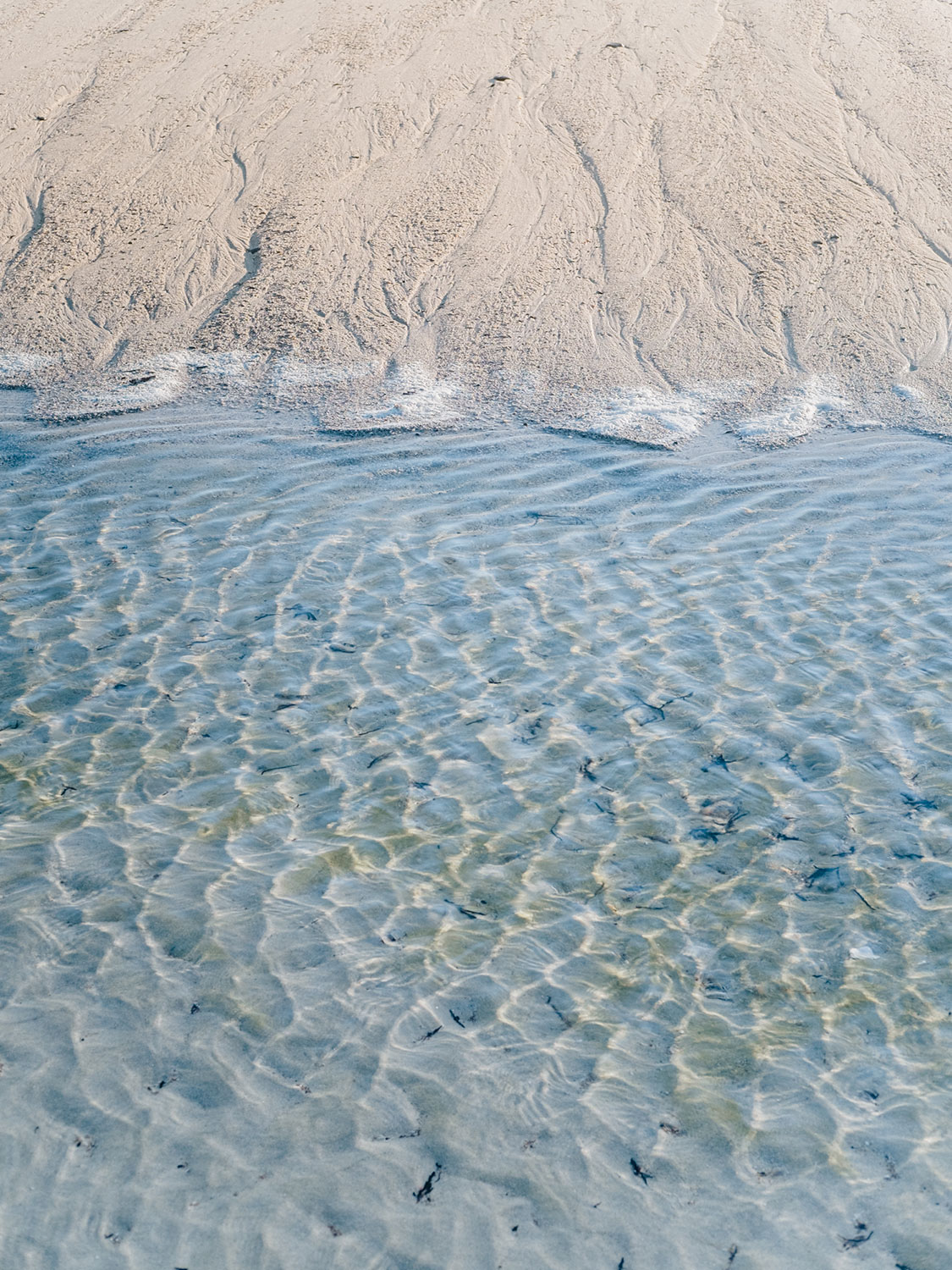
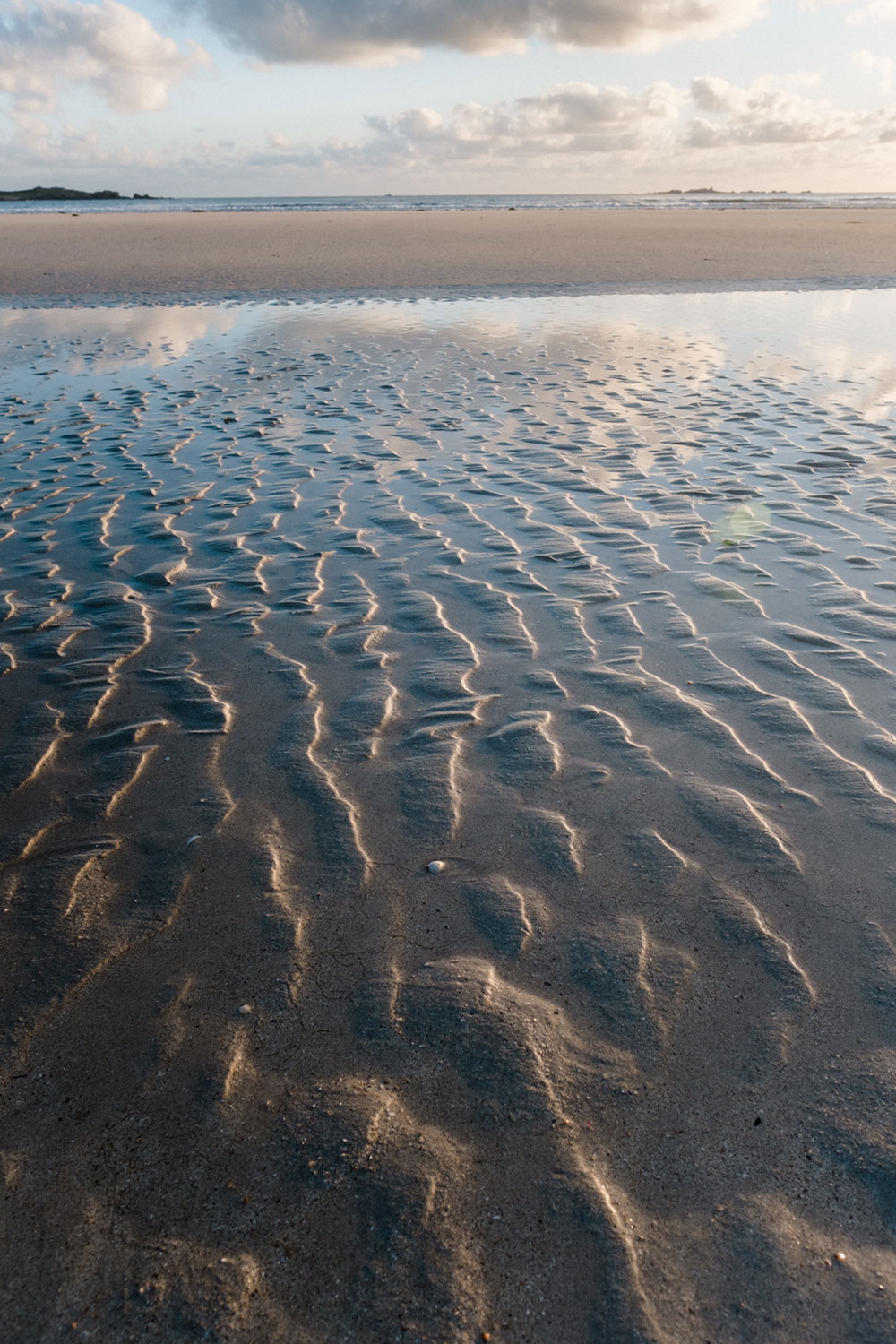
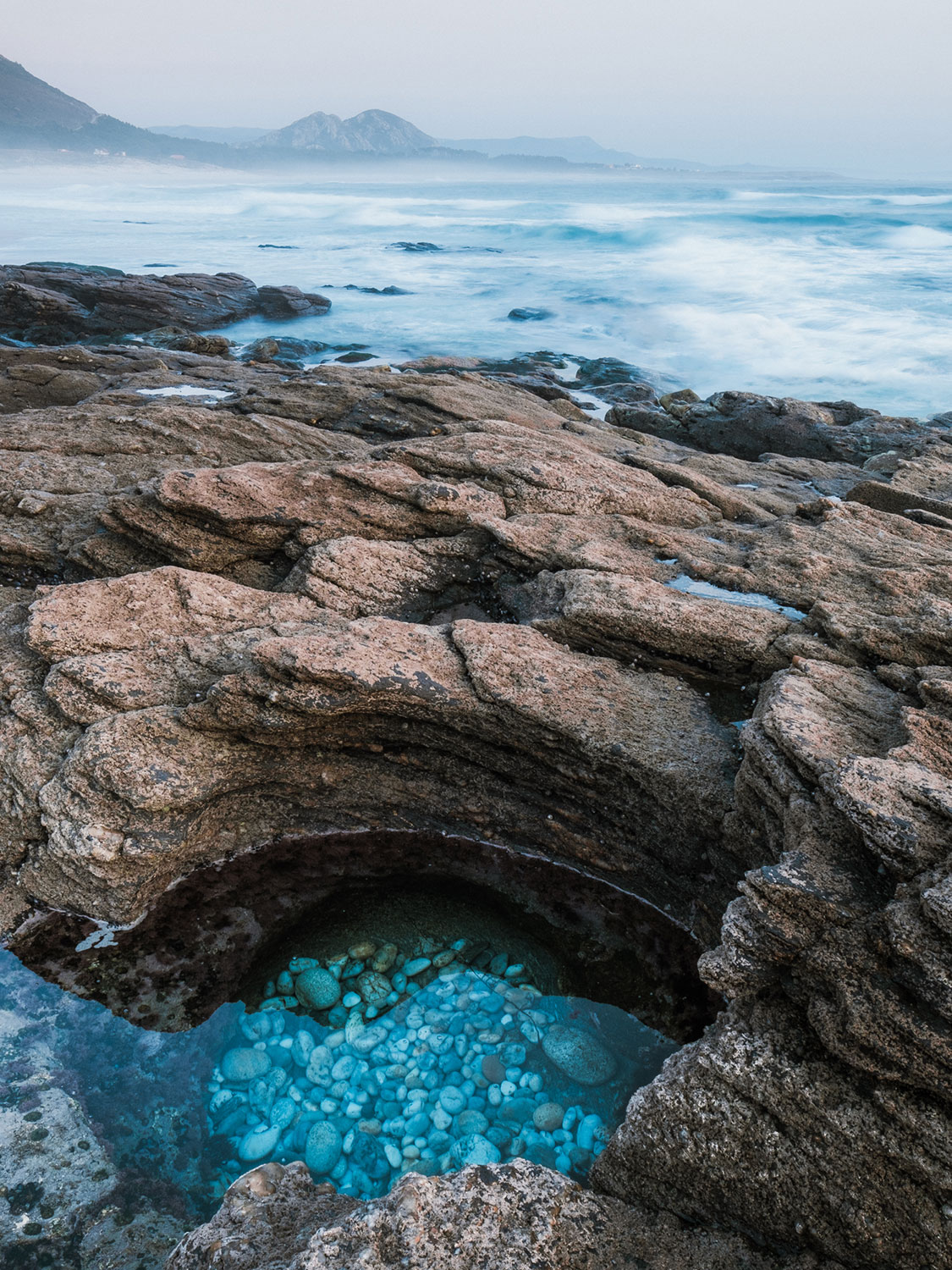

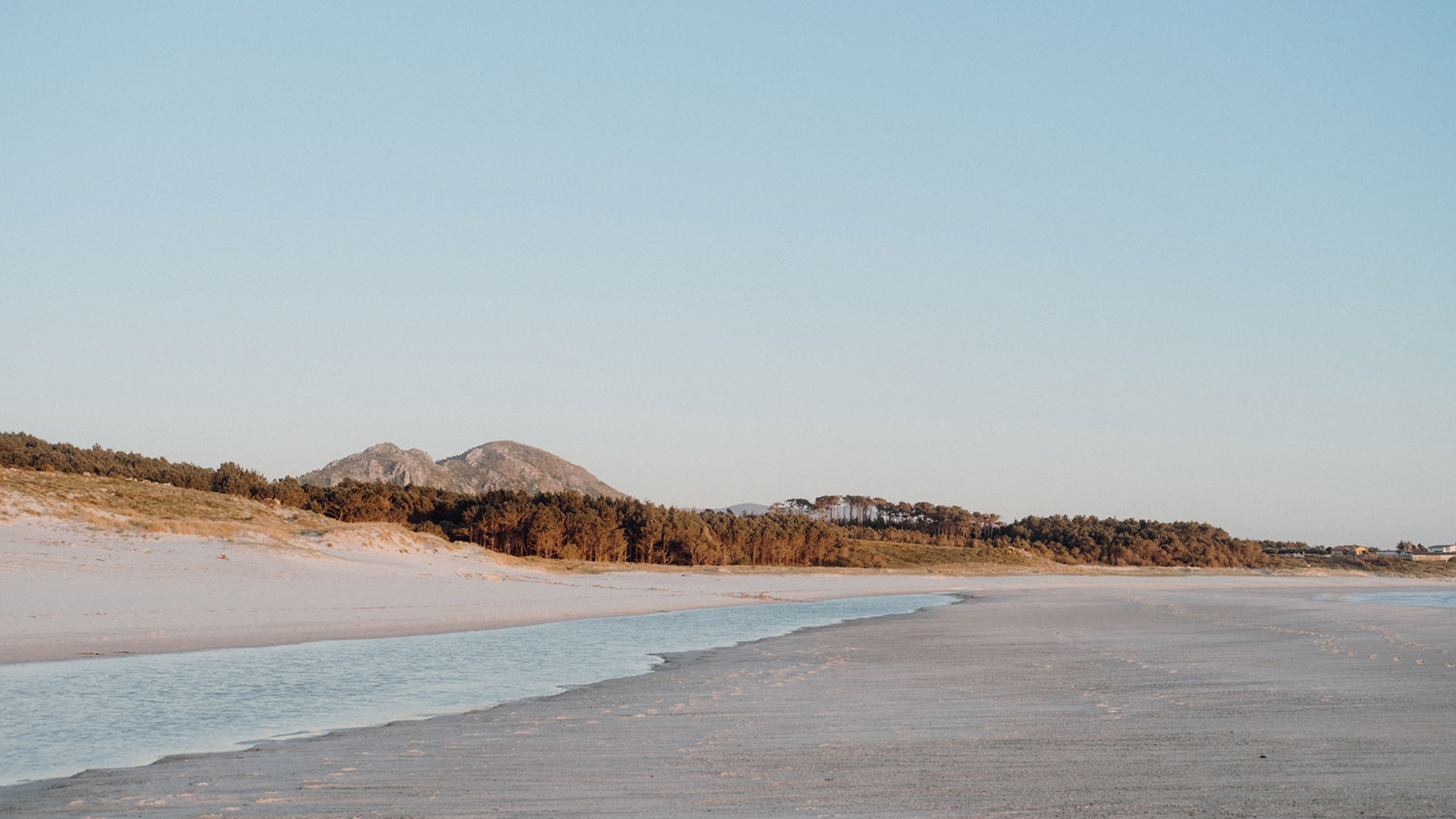
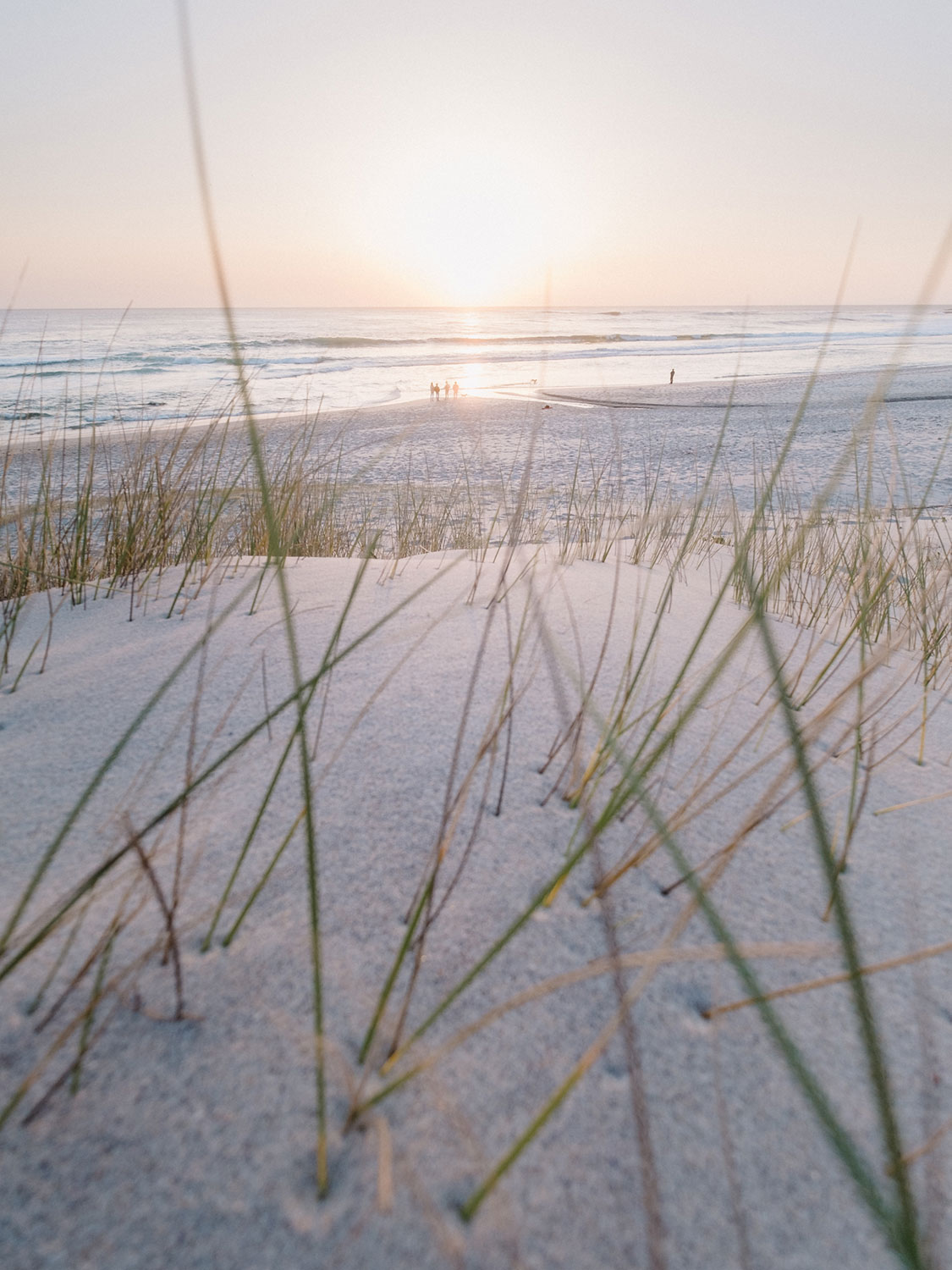
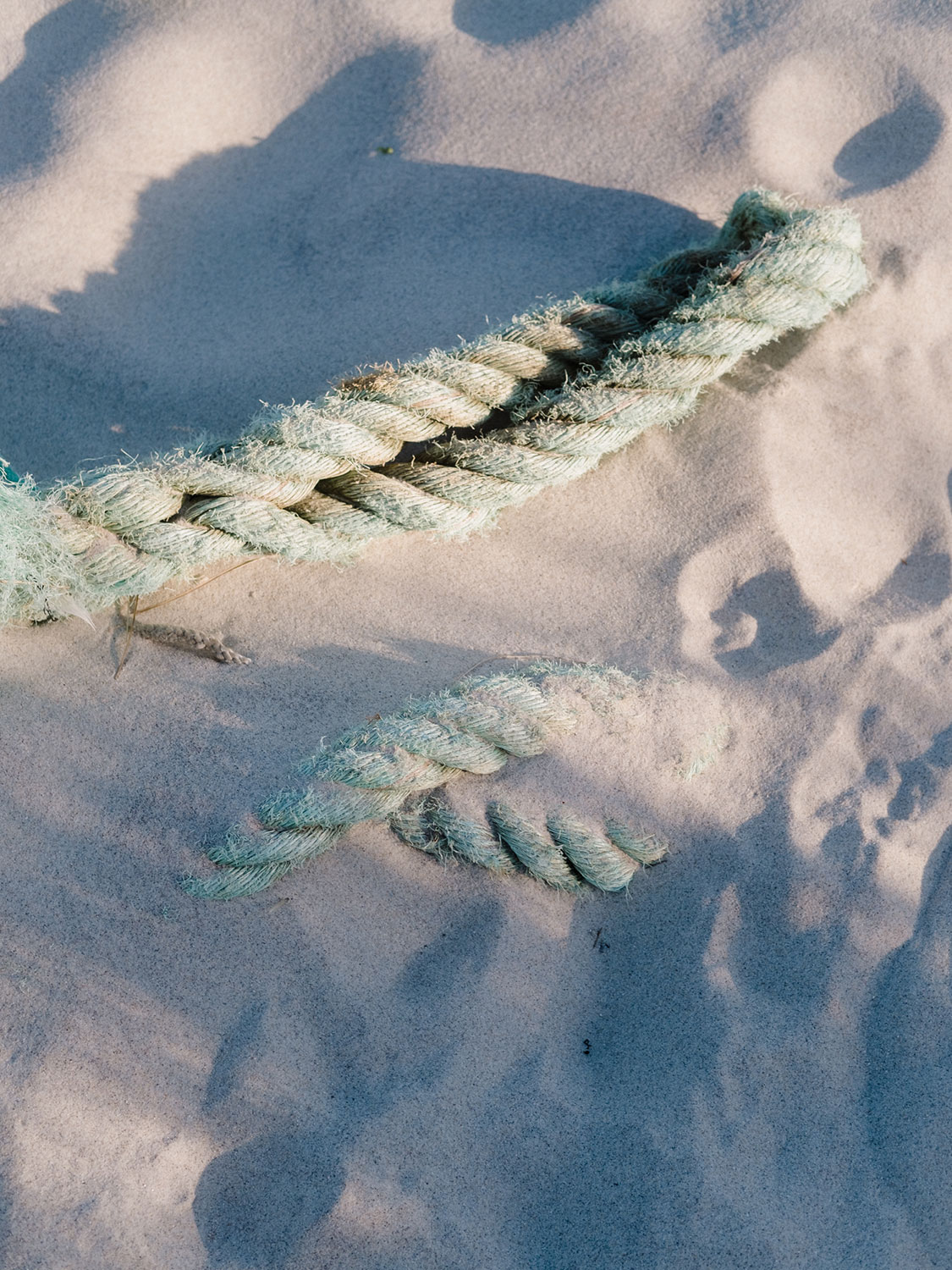
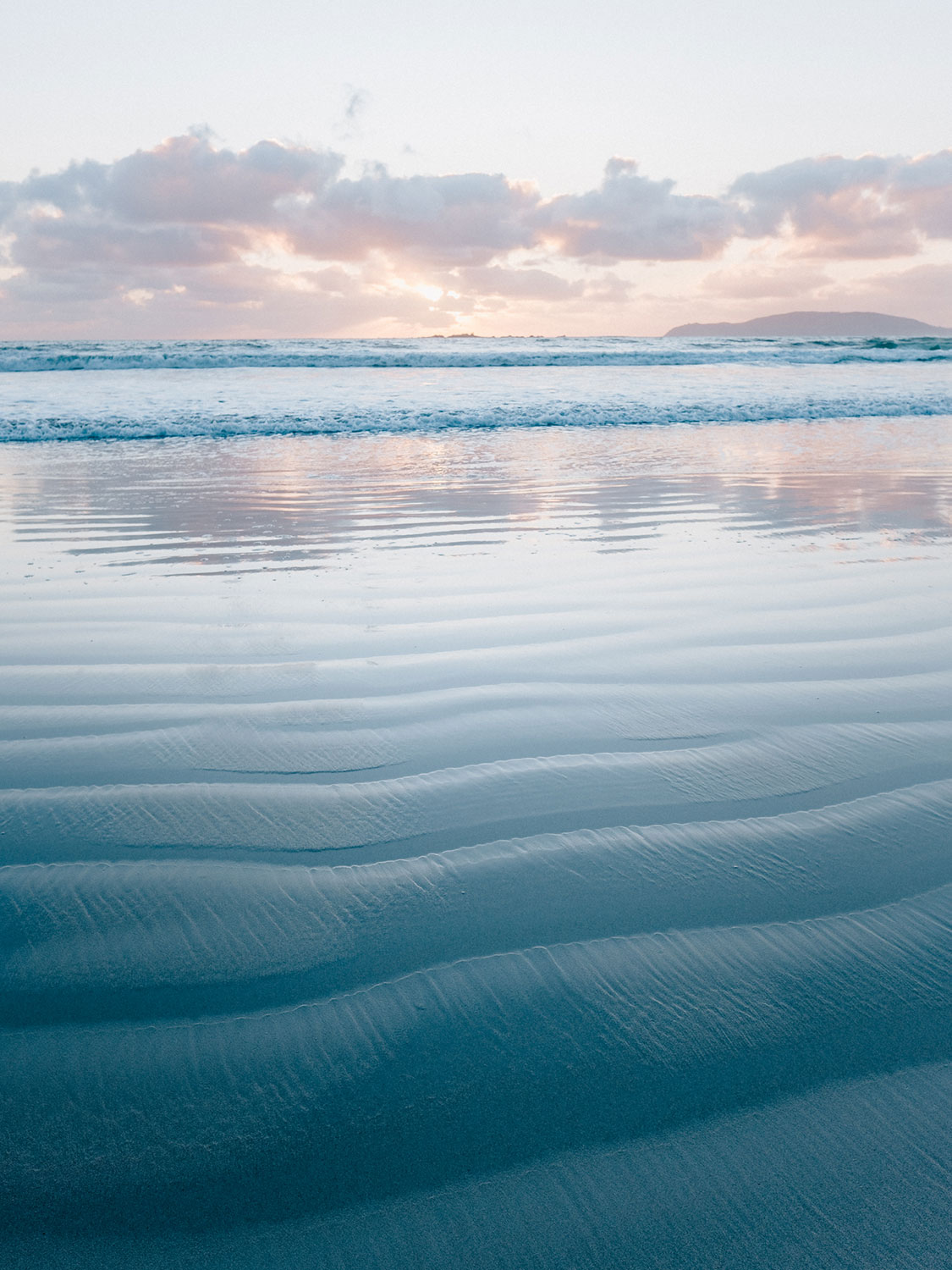
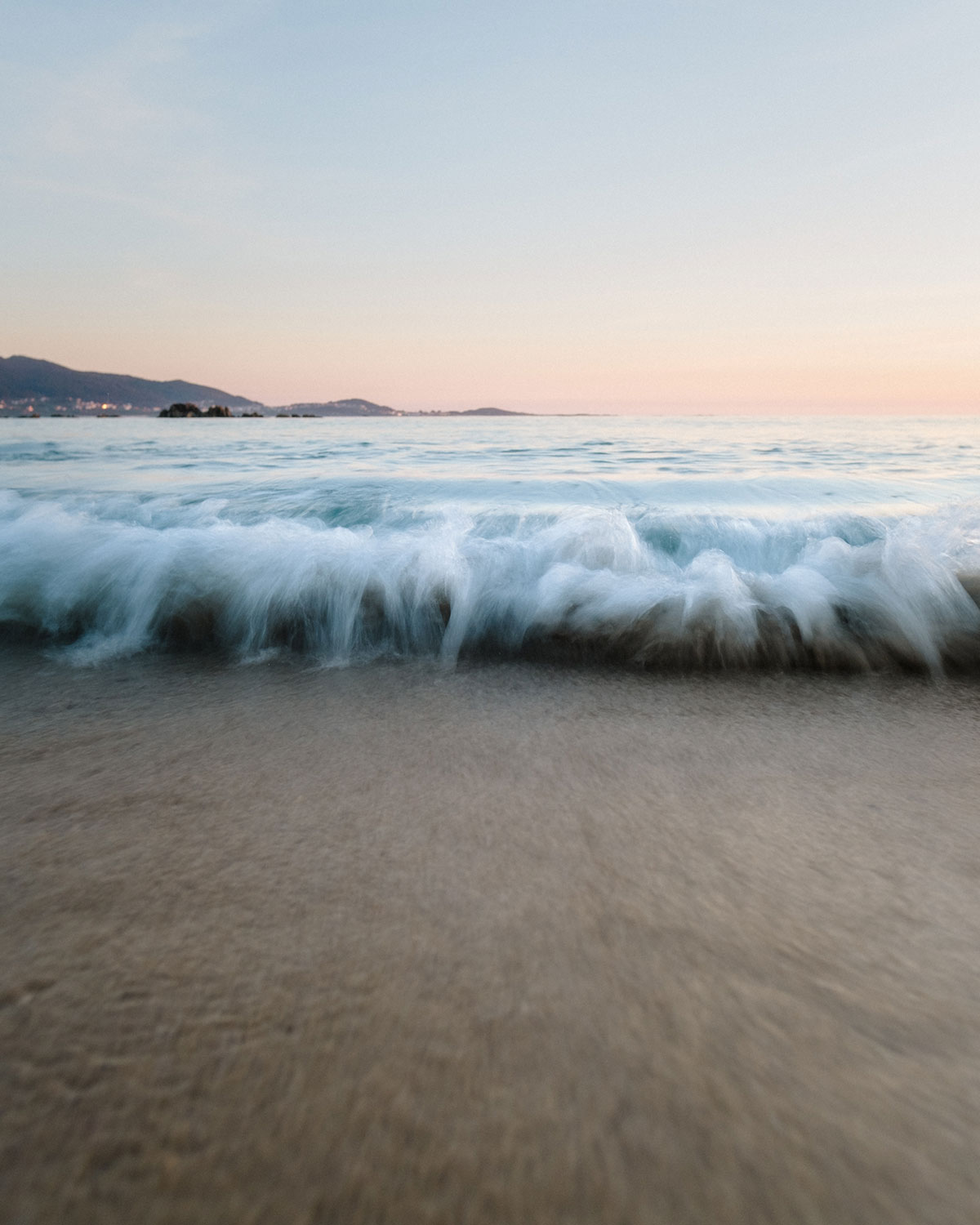
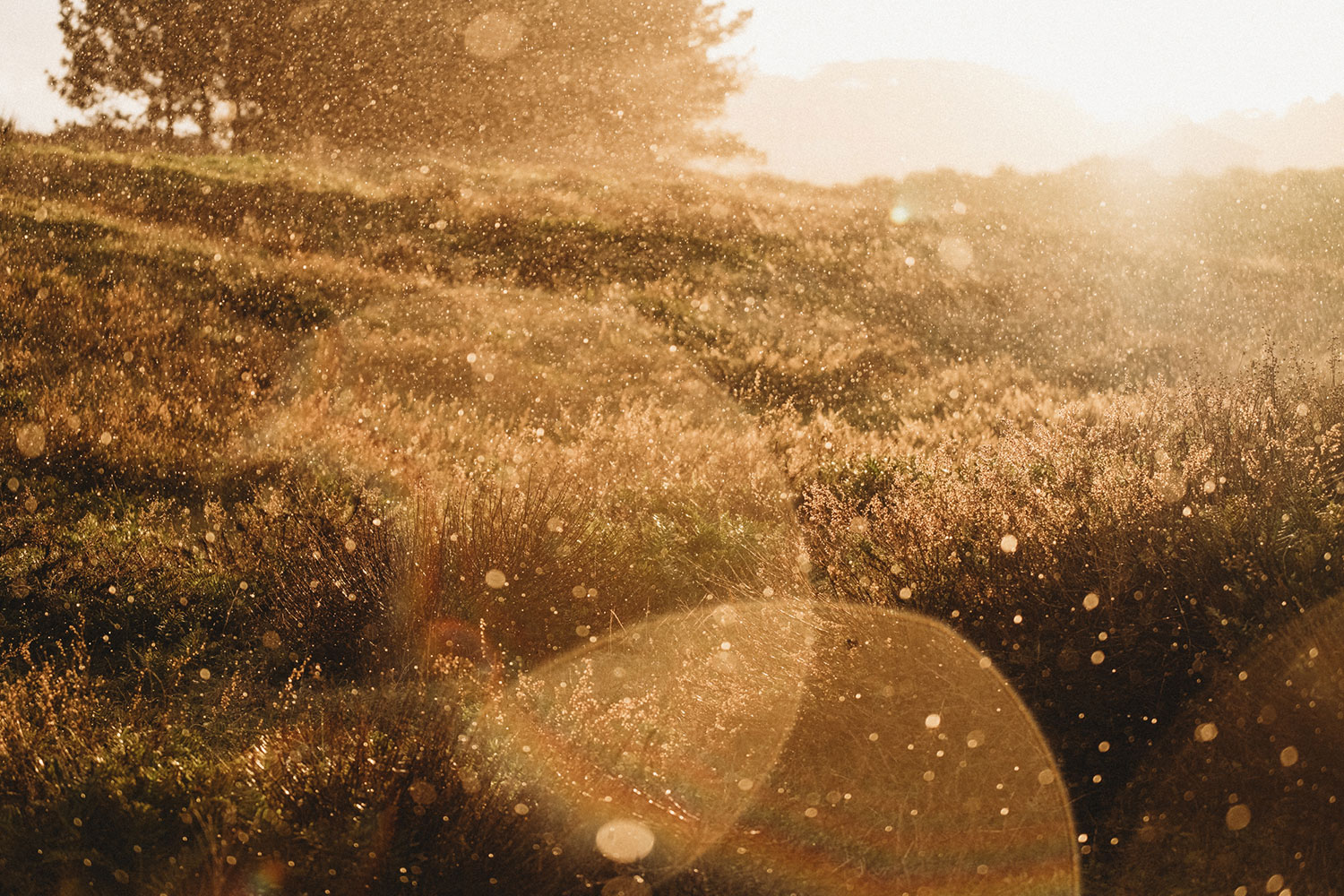



Sam Jentsch
December 20, 2021 @ 3:02 pm
Beautifully written, Sam. I appreciate you sharing your perspective and work – both of which are inspiring. The importance of milestones in our lives is something I’ve been deeply considering recently and your feelings about the passage of time resonates with me deeply. I completely agree that these milestones are important and it’s always fascinating to consider how a meaningful event/trip/experience can define an entire year in memory.
Sam Ponsford
December 20, 2021 @ 3:05 pm
Thanks a lot, Sam. Really glad the themes resonate with you. I do think it’s such a privilege to be able to immortalise these important moments for ourselves and others with our cameras. Thanks for your feedback!
Philip Sutton
December 27, 2021 @ 2:49 pm
I’m not into landscapes or sceneries – I love photographing people. I’d love to see some of your wedding photos and portraits. I’m sure they would be great.
Philip
Sam Ponsford
May 10, 2023 @ 9:15 am
Hi Phillip, sorry for the slow reply and thanks for the kind words. You can check out my wedding photos on my website here: http://www.samponsfordbodas.com.